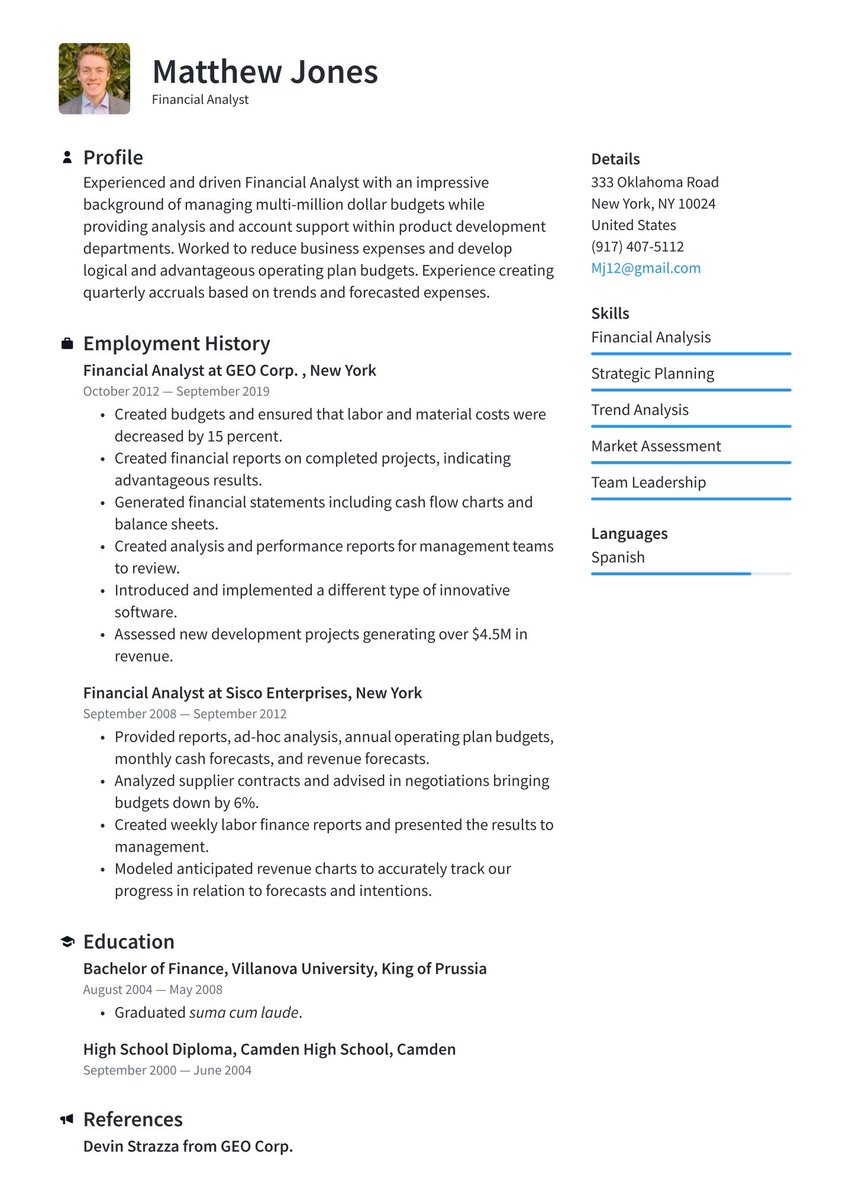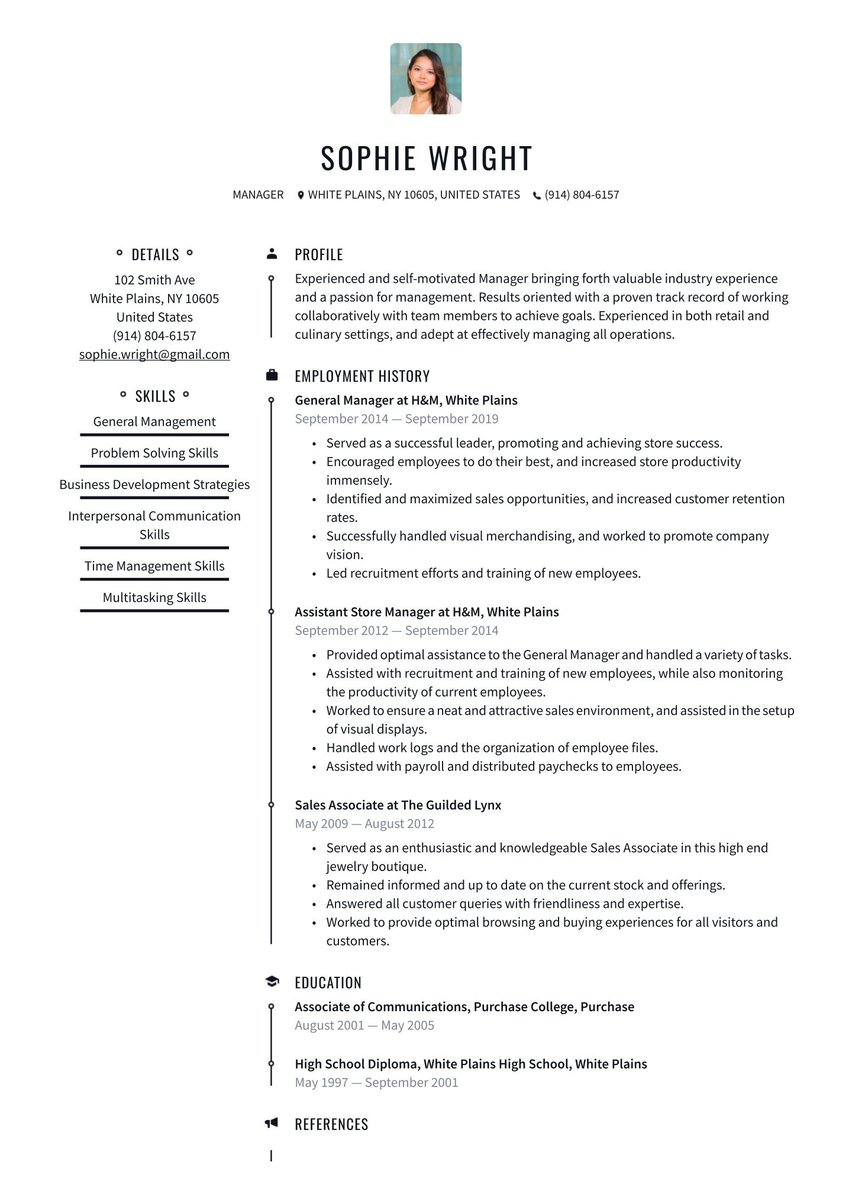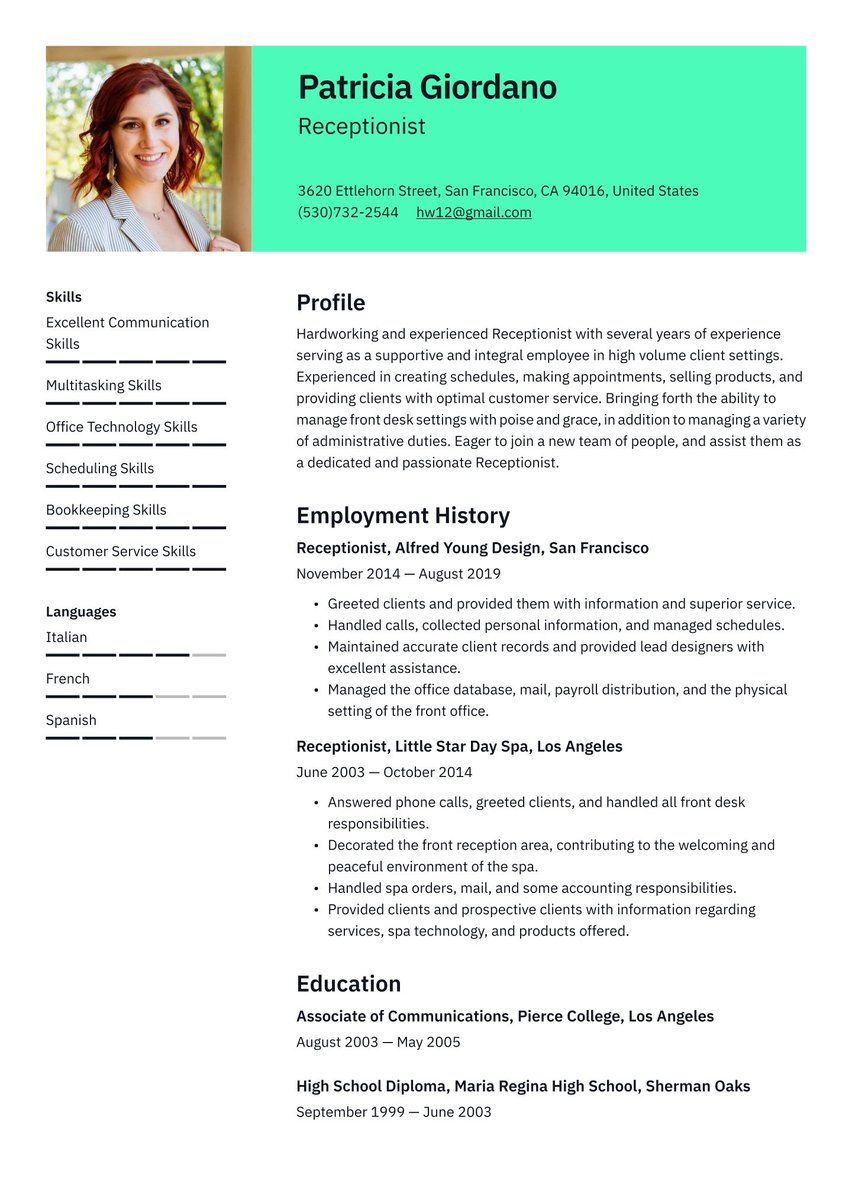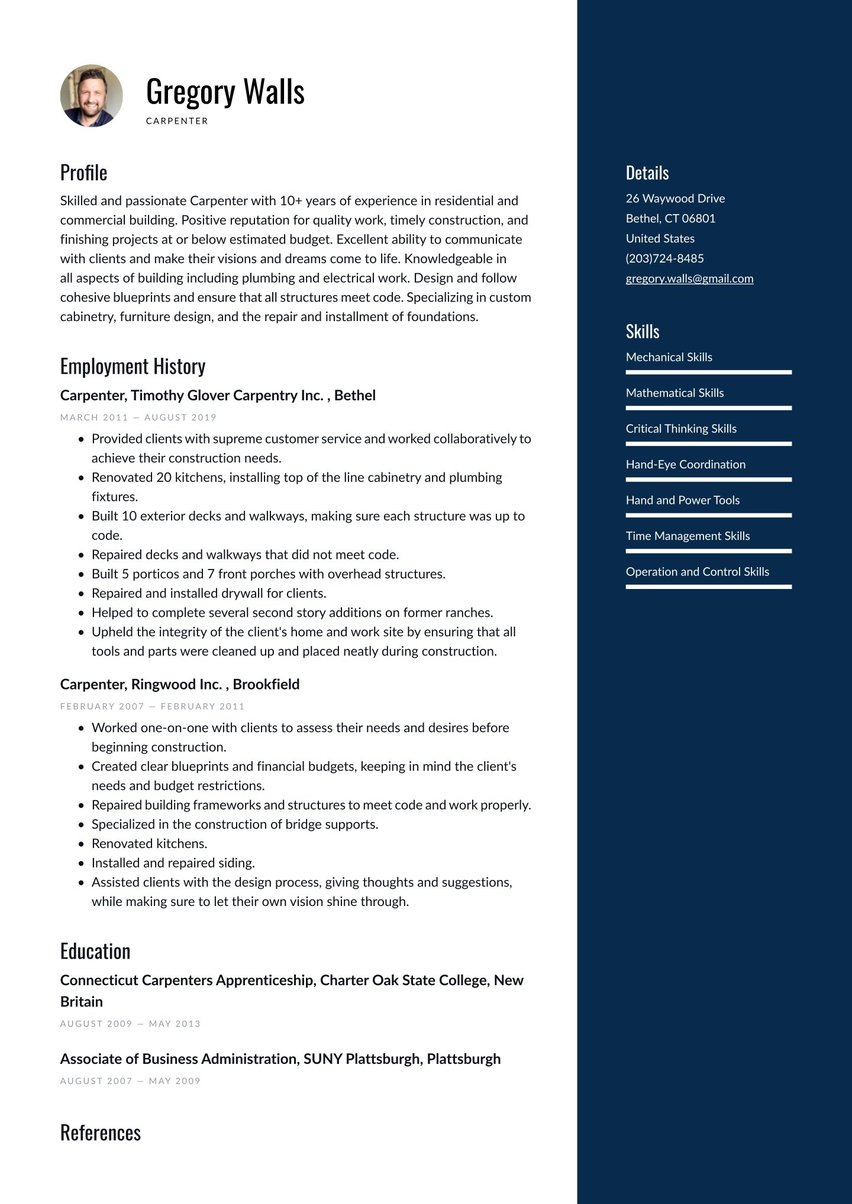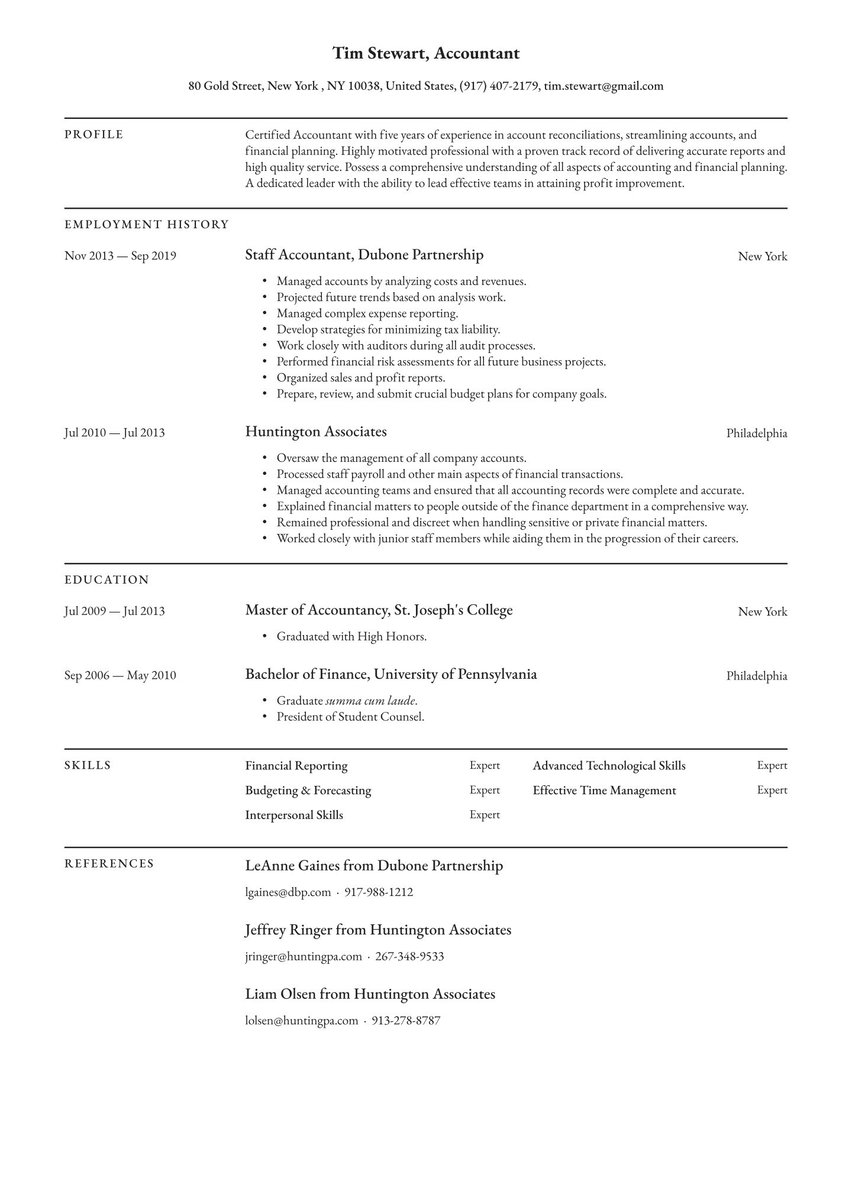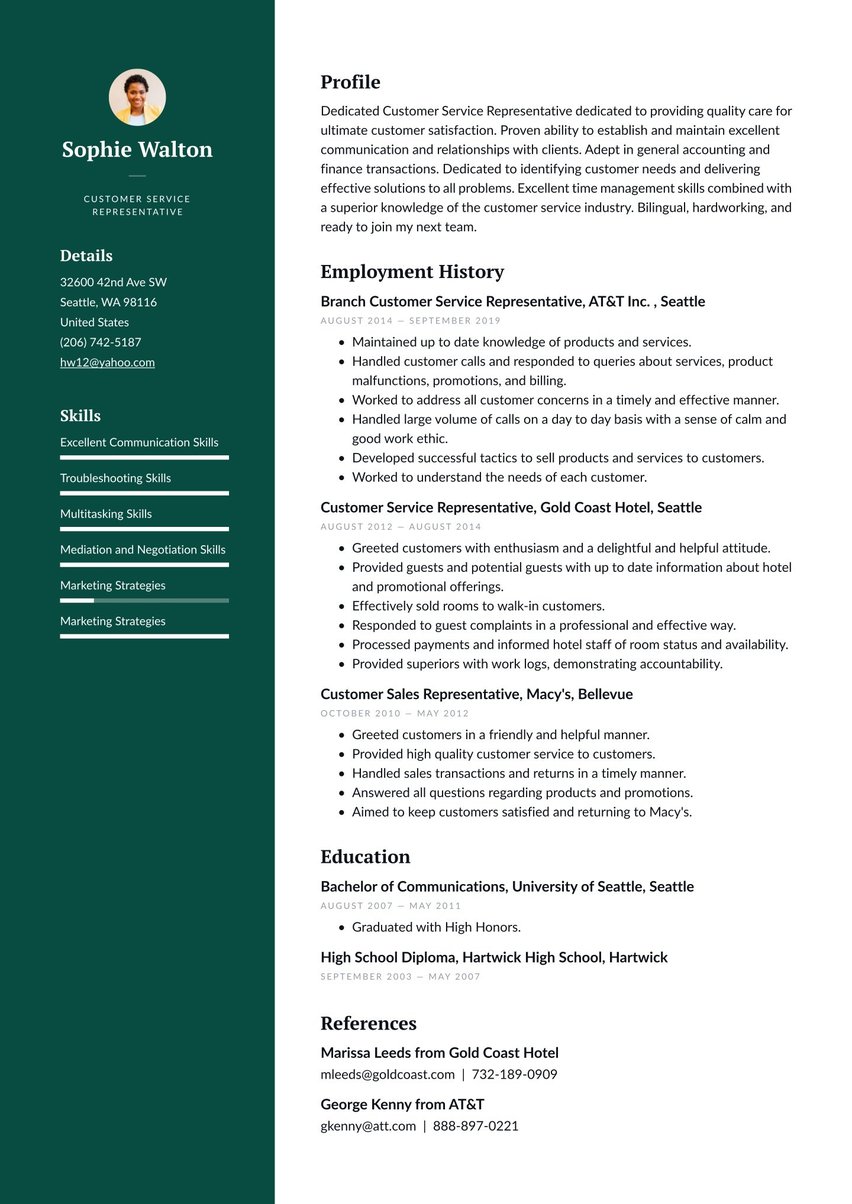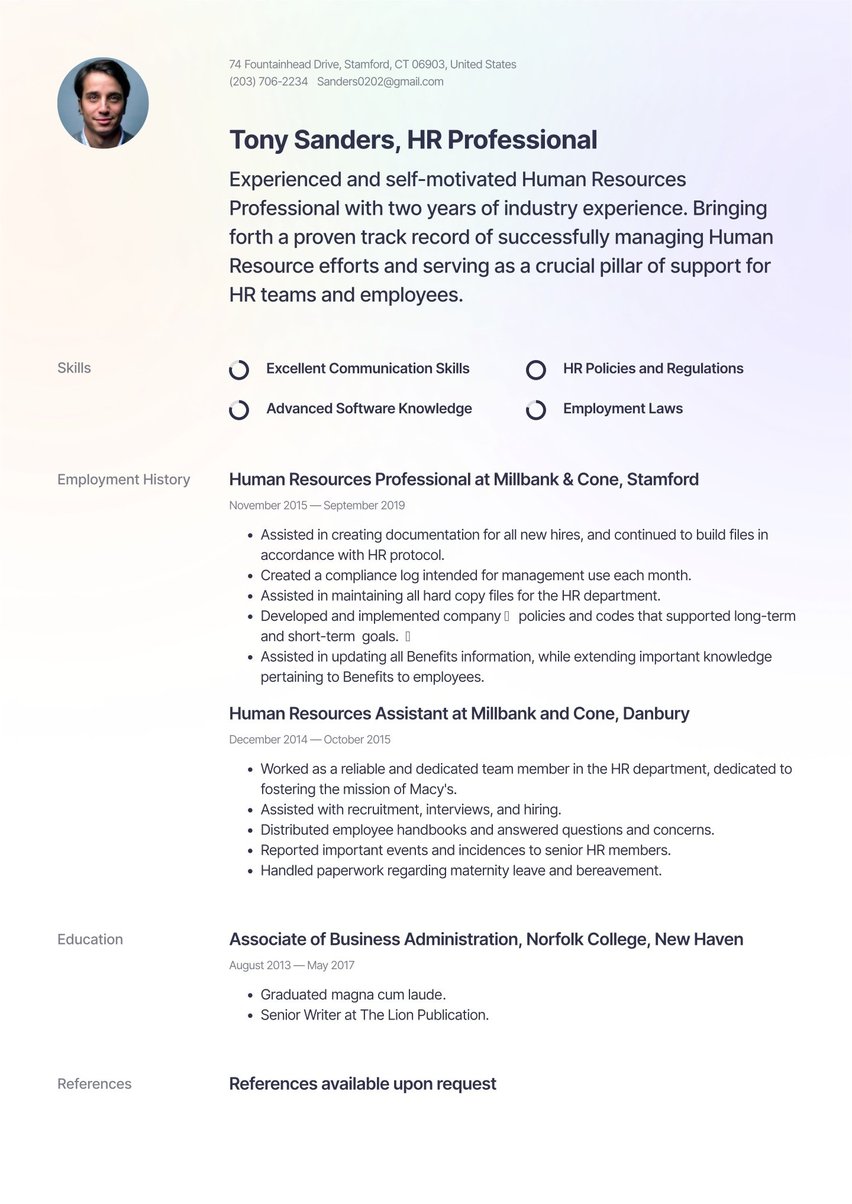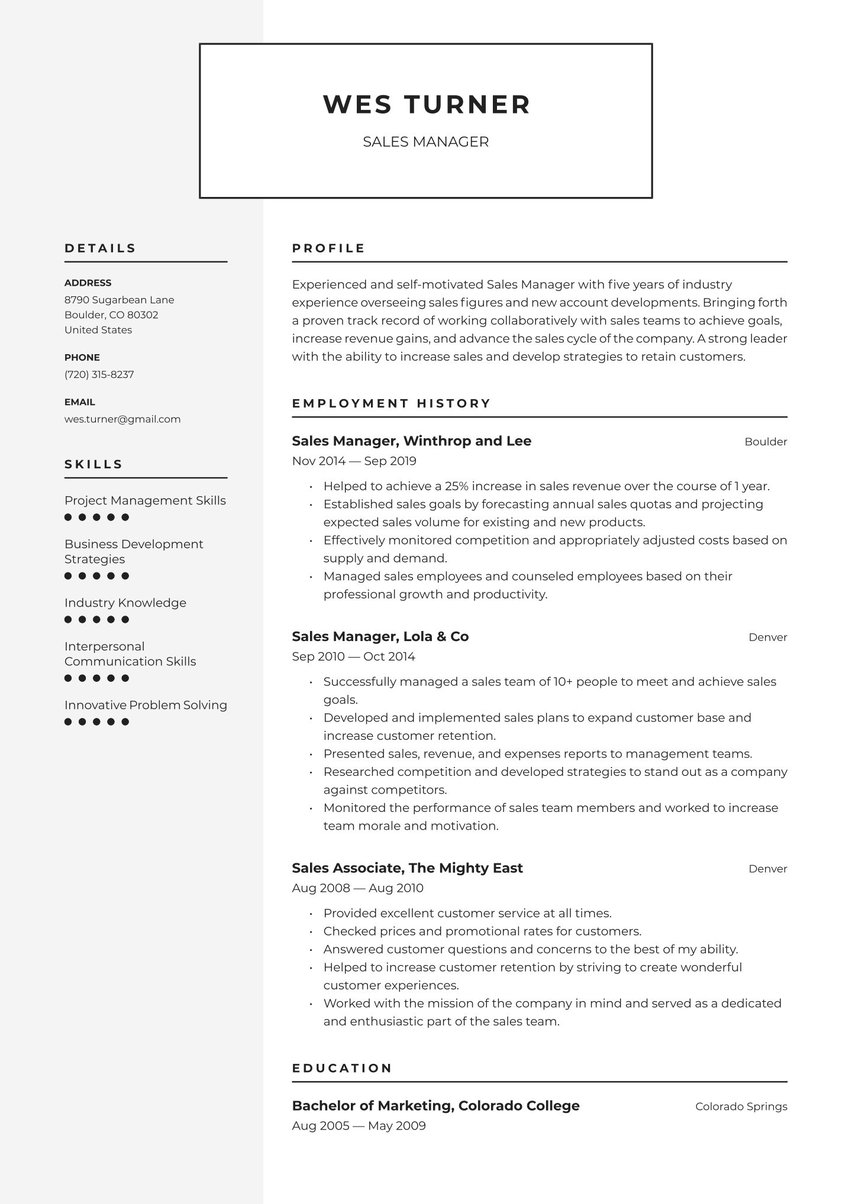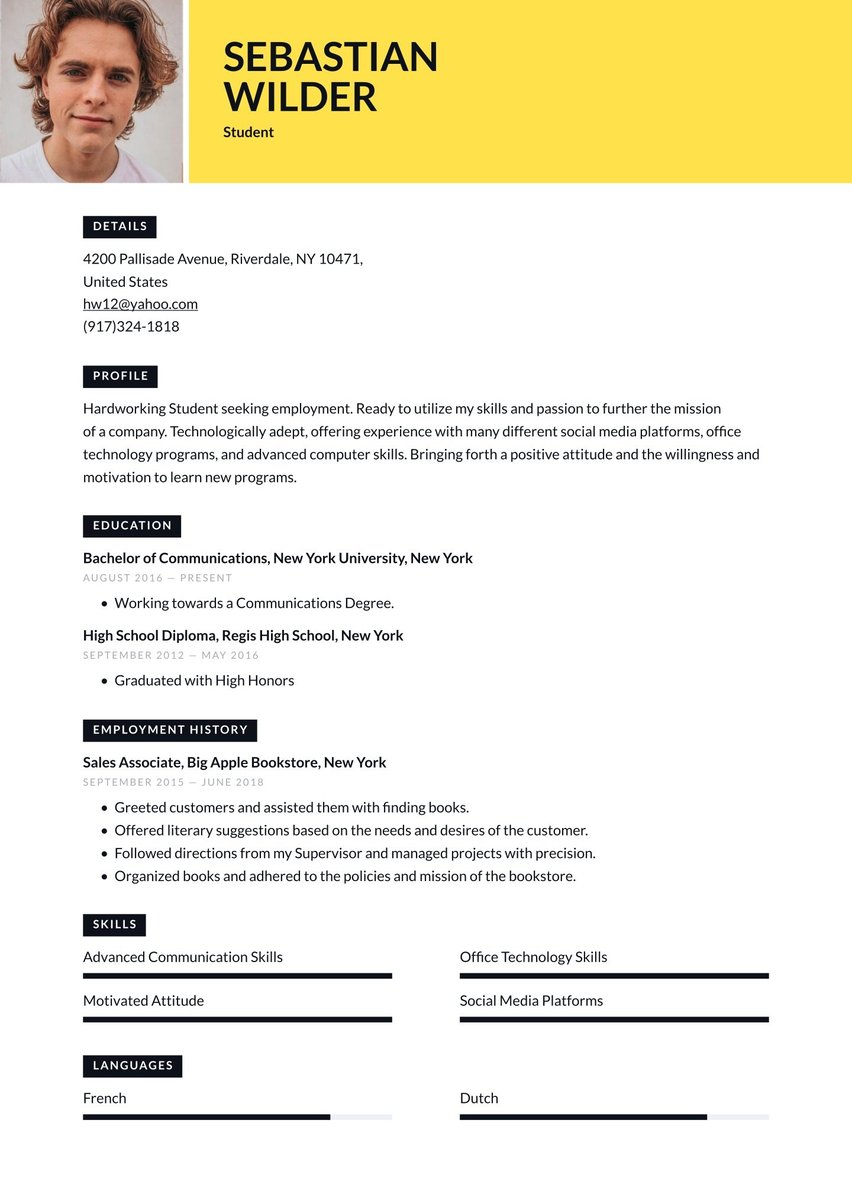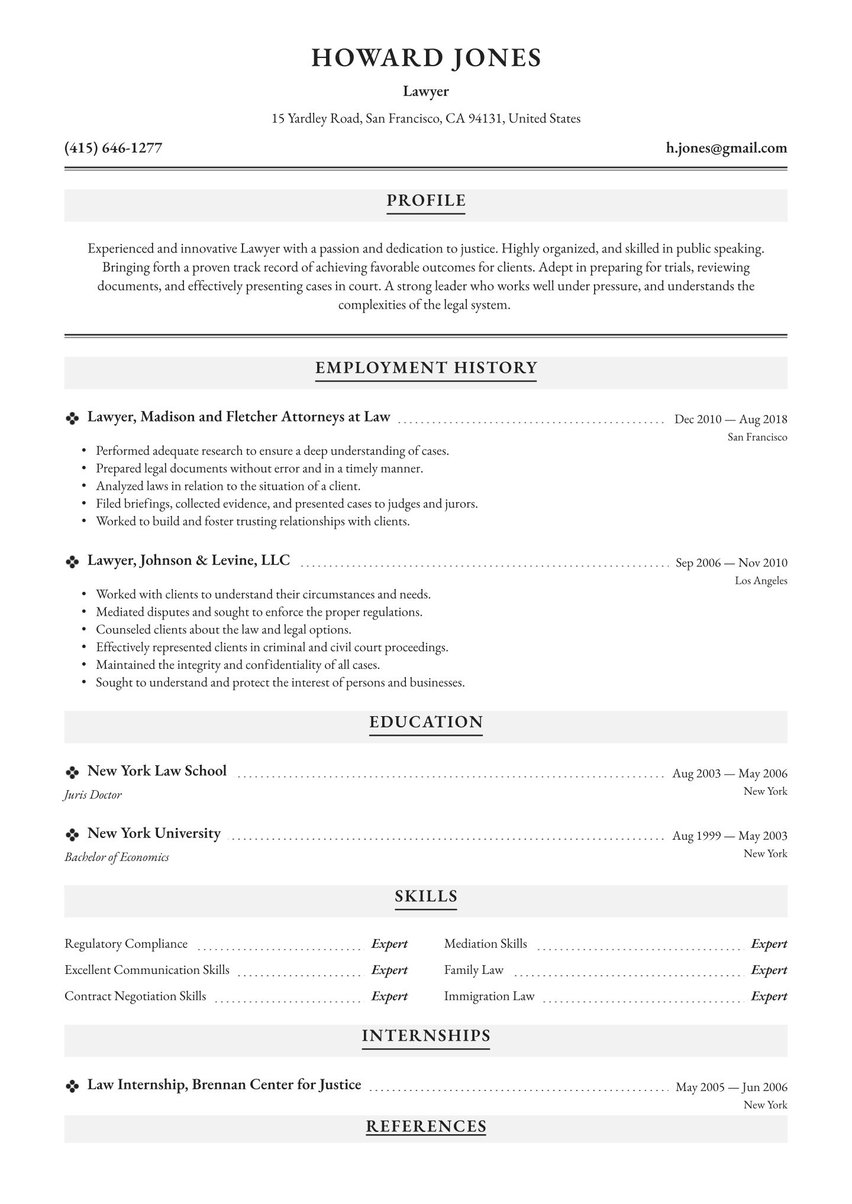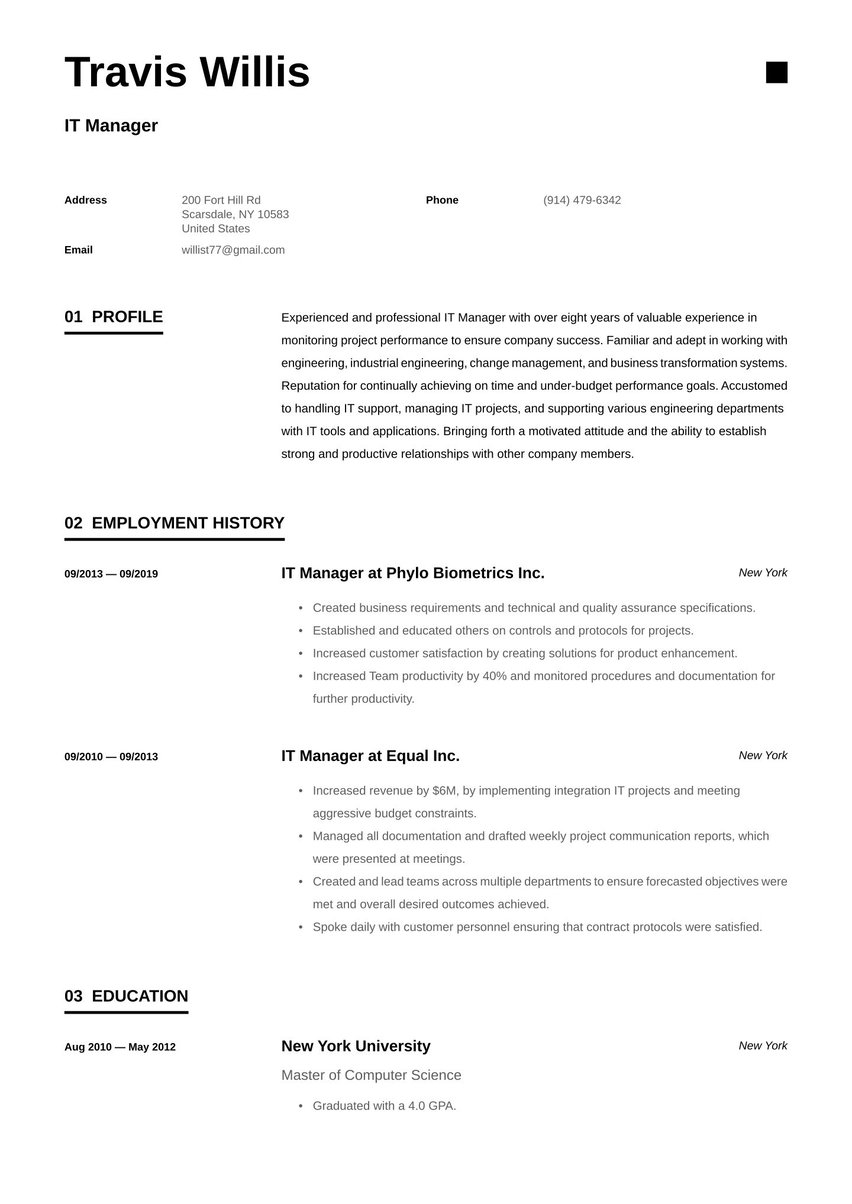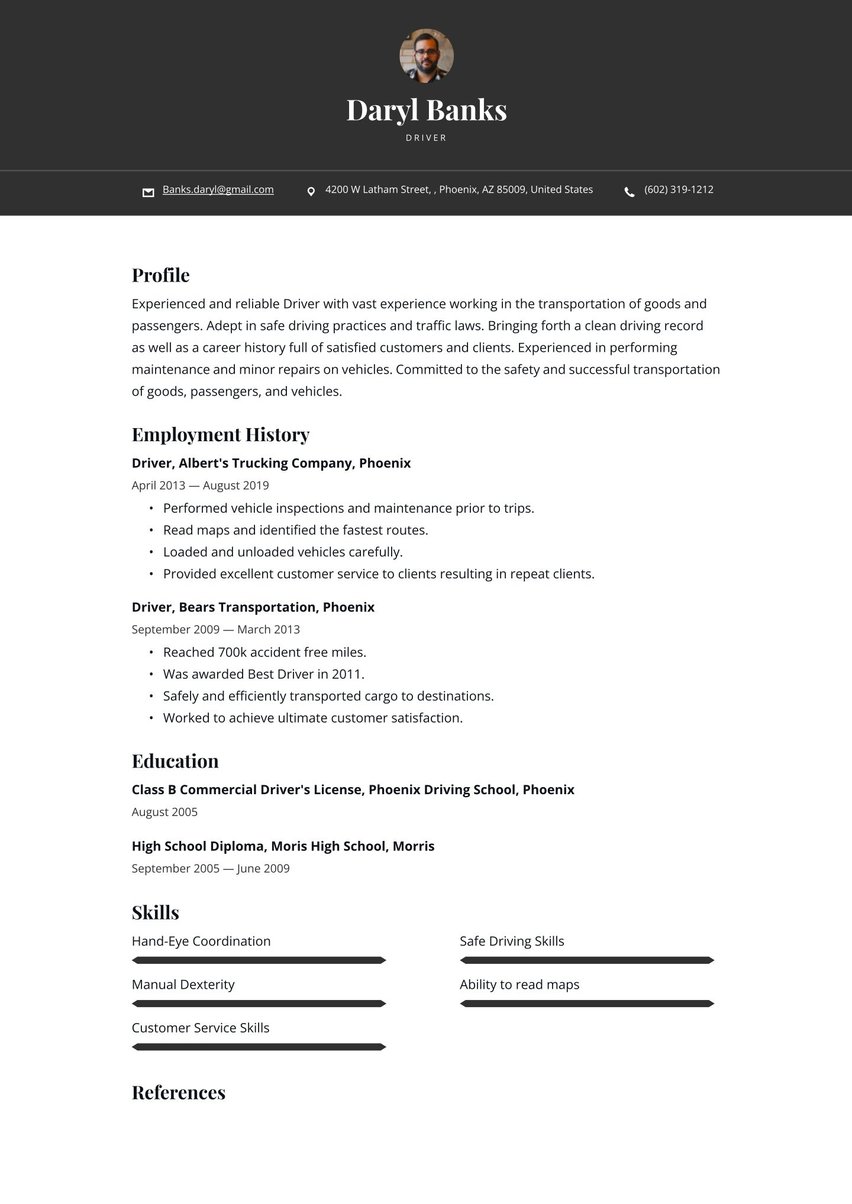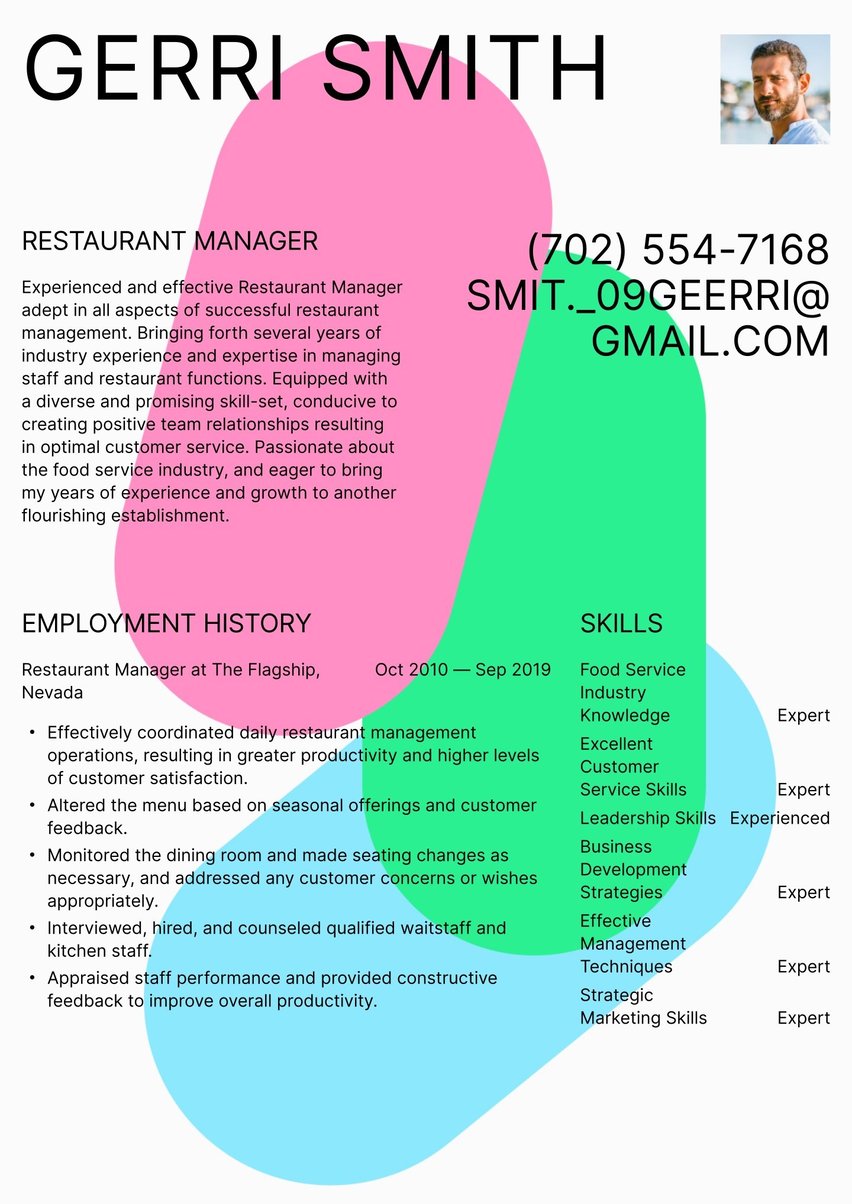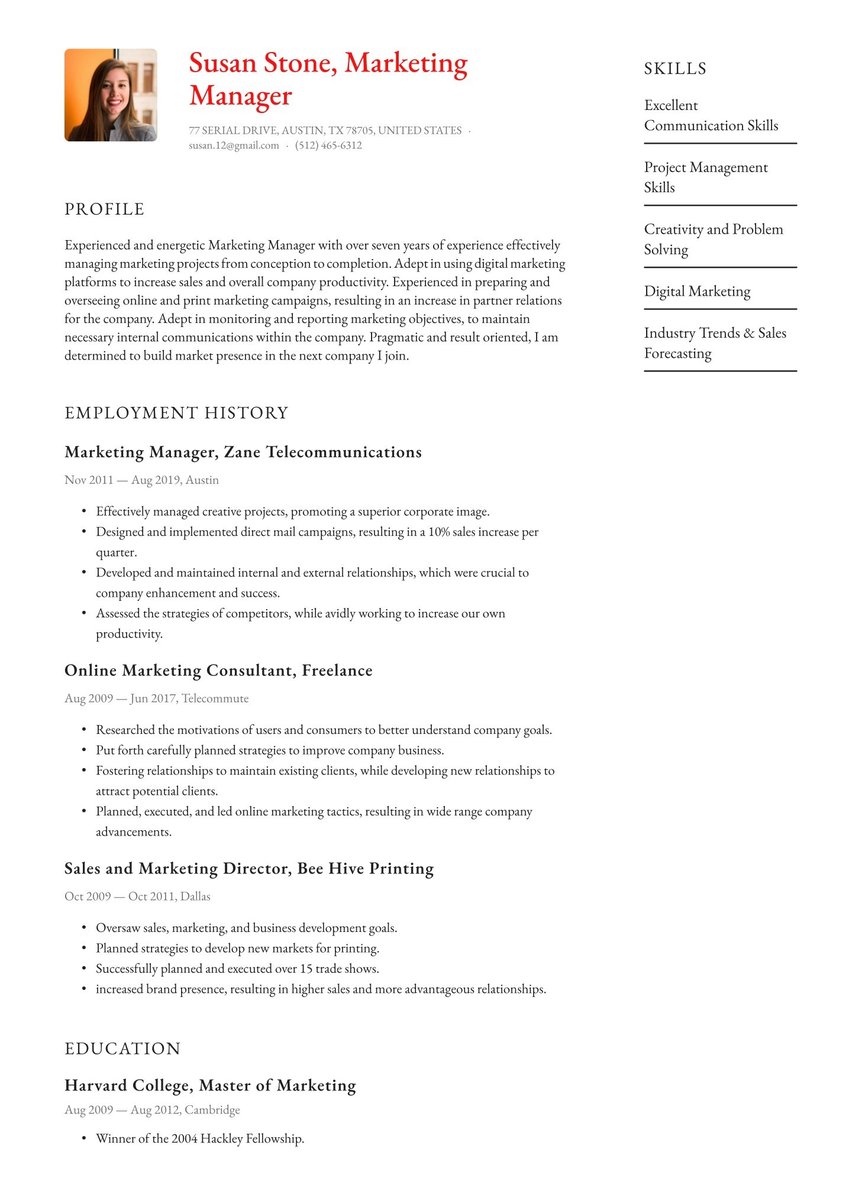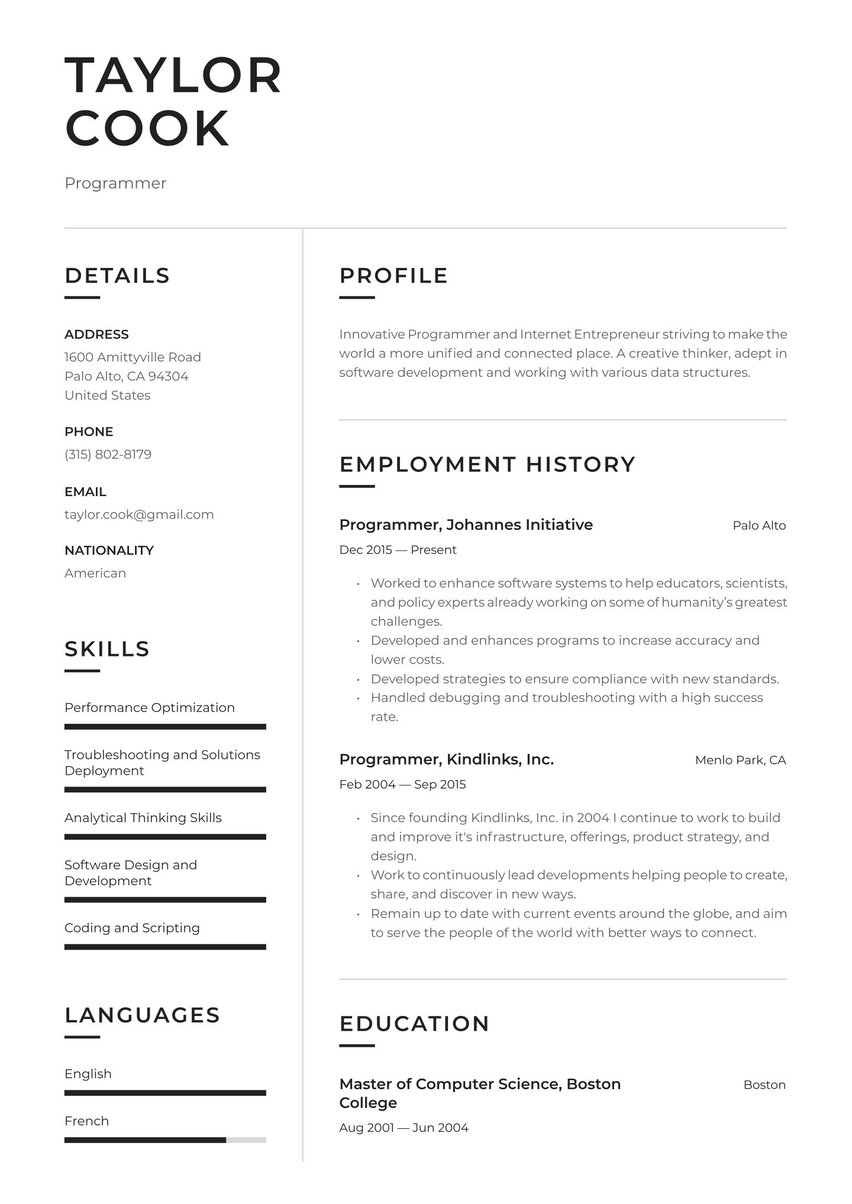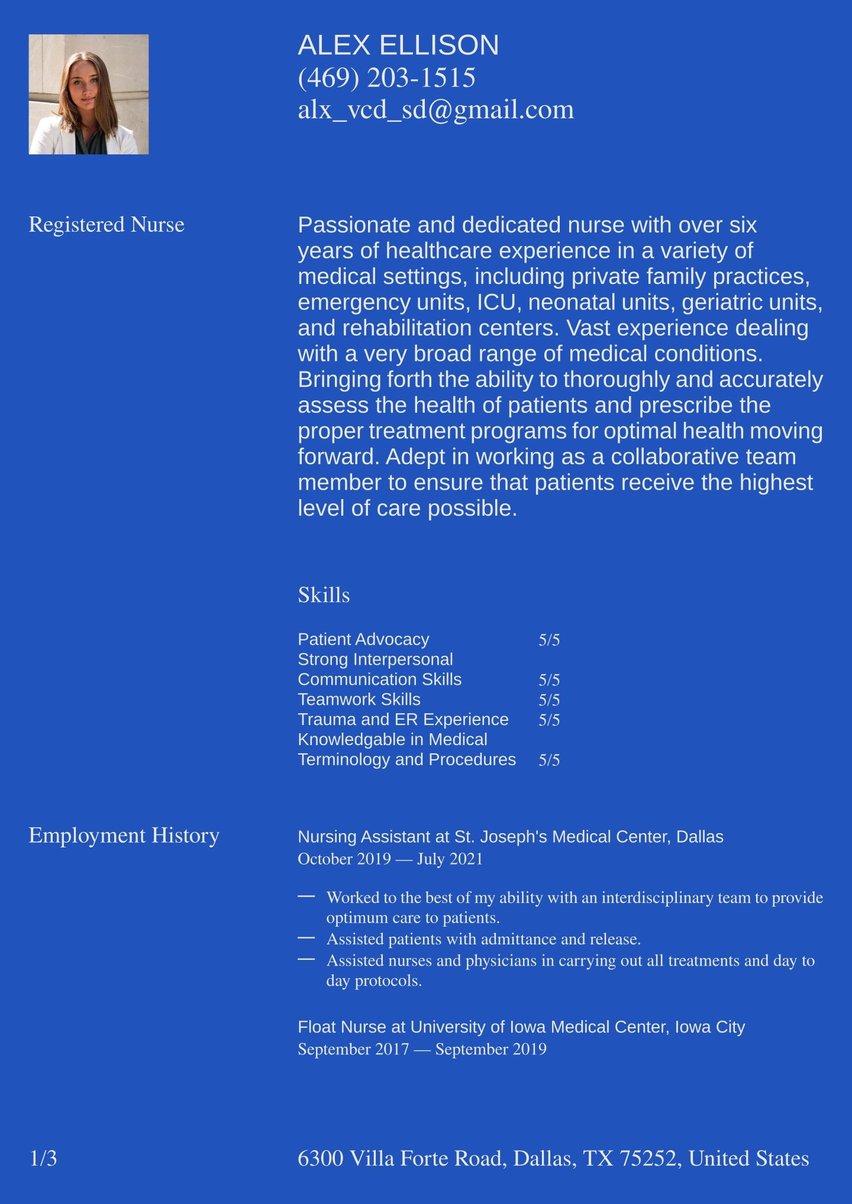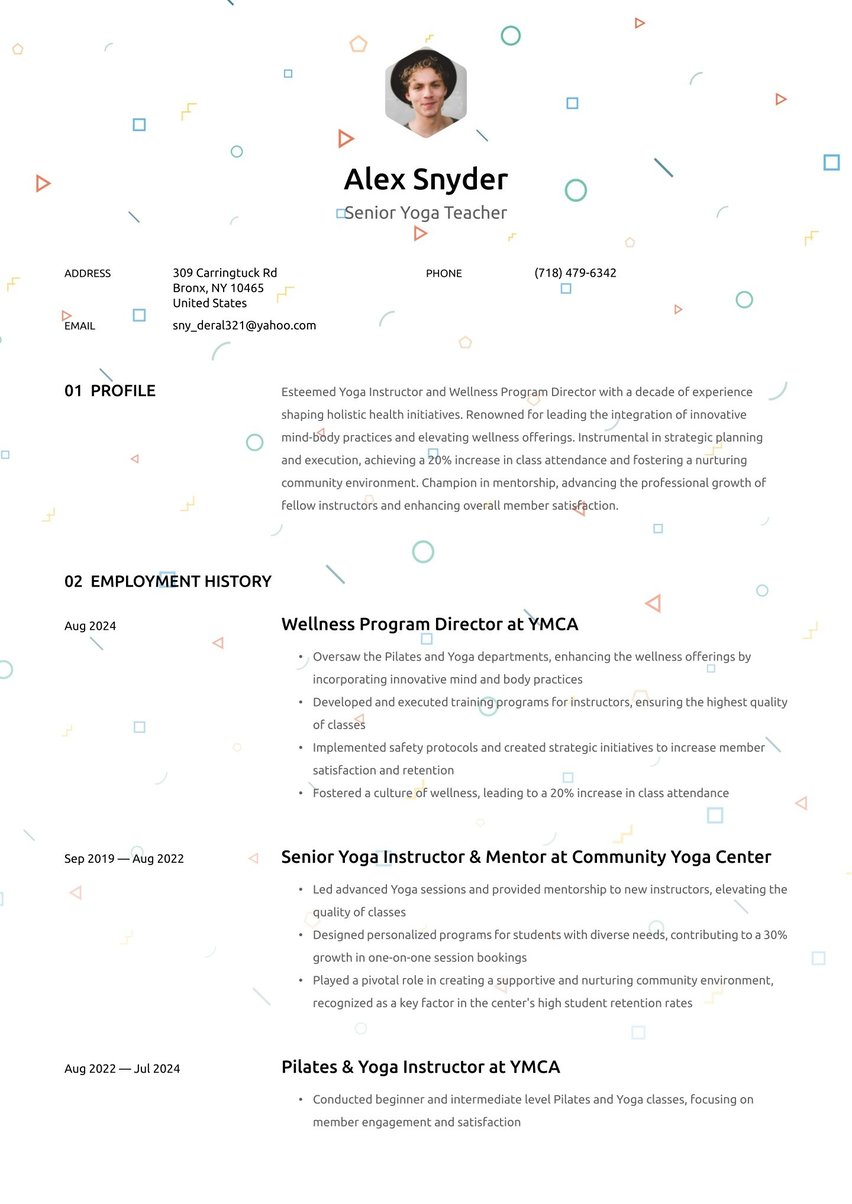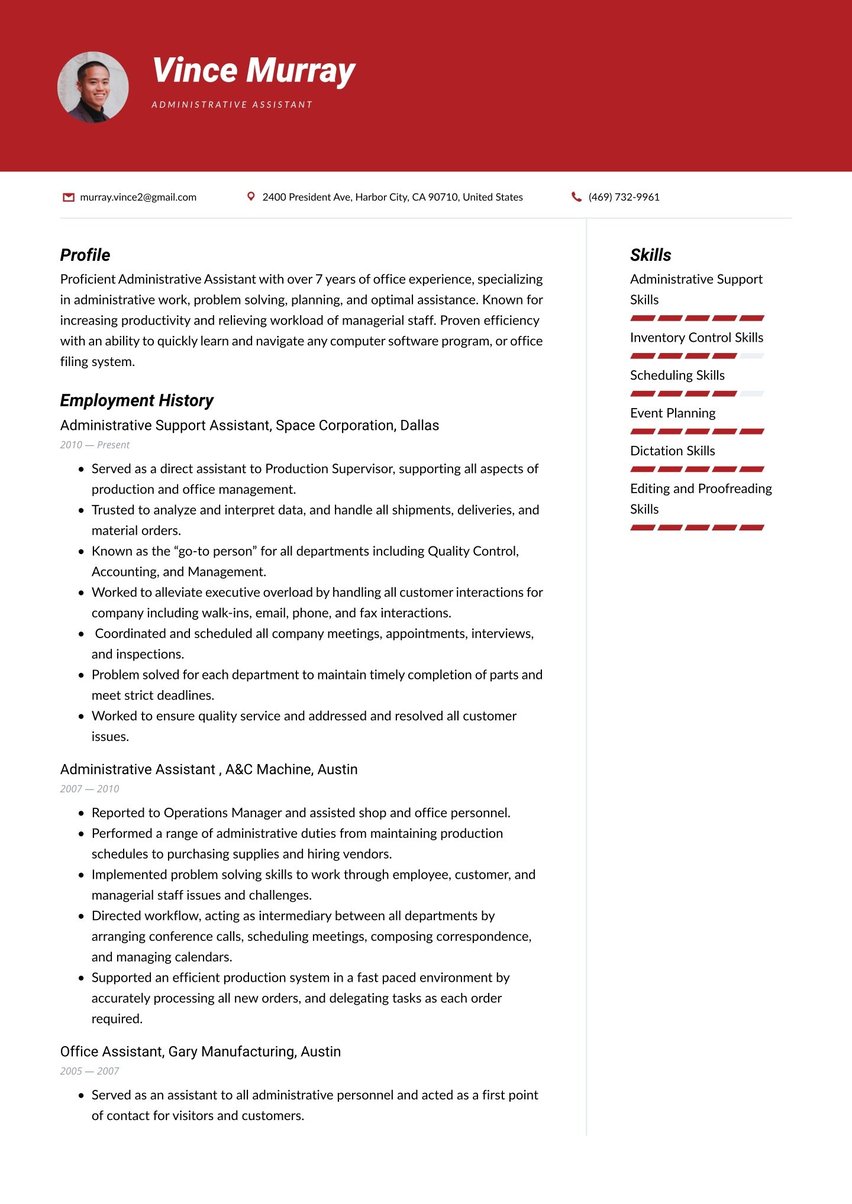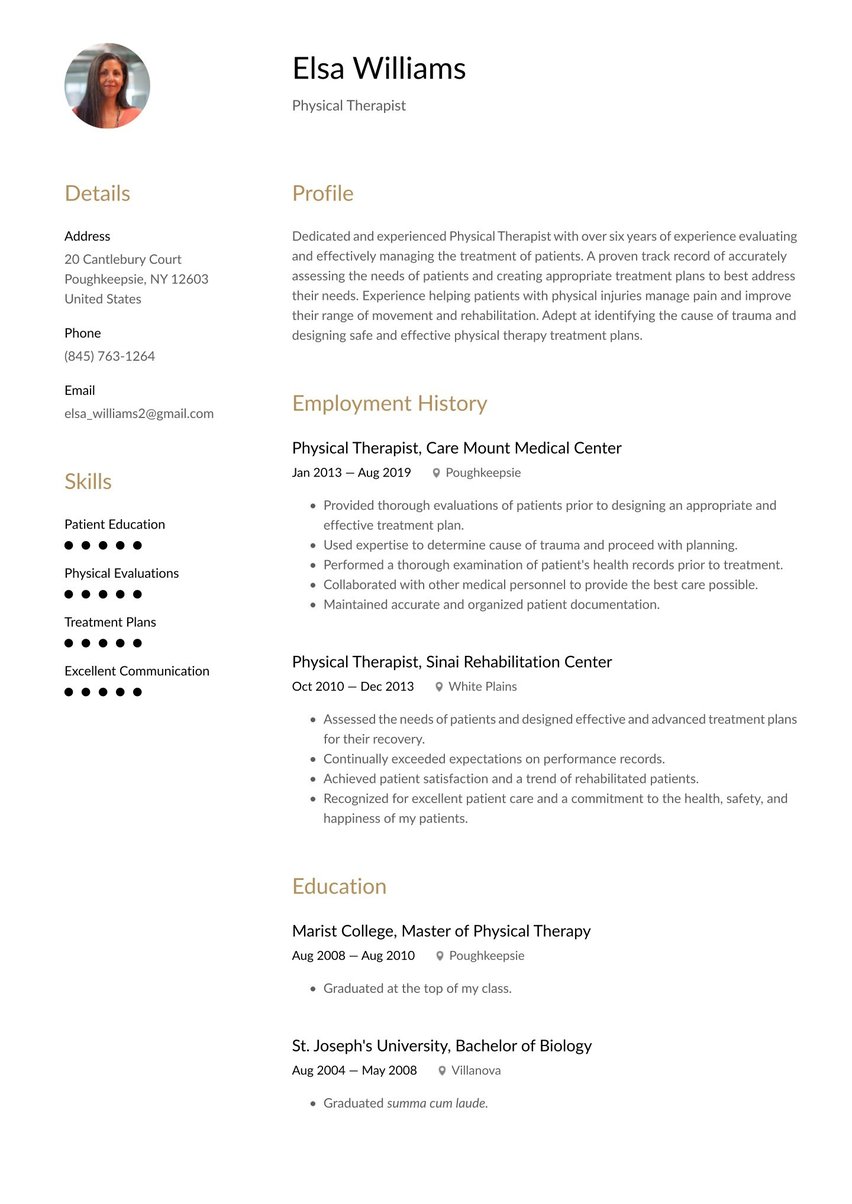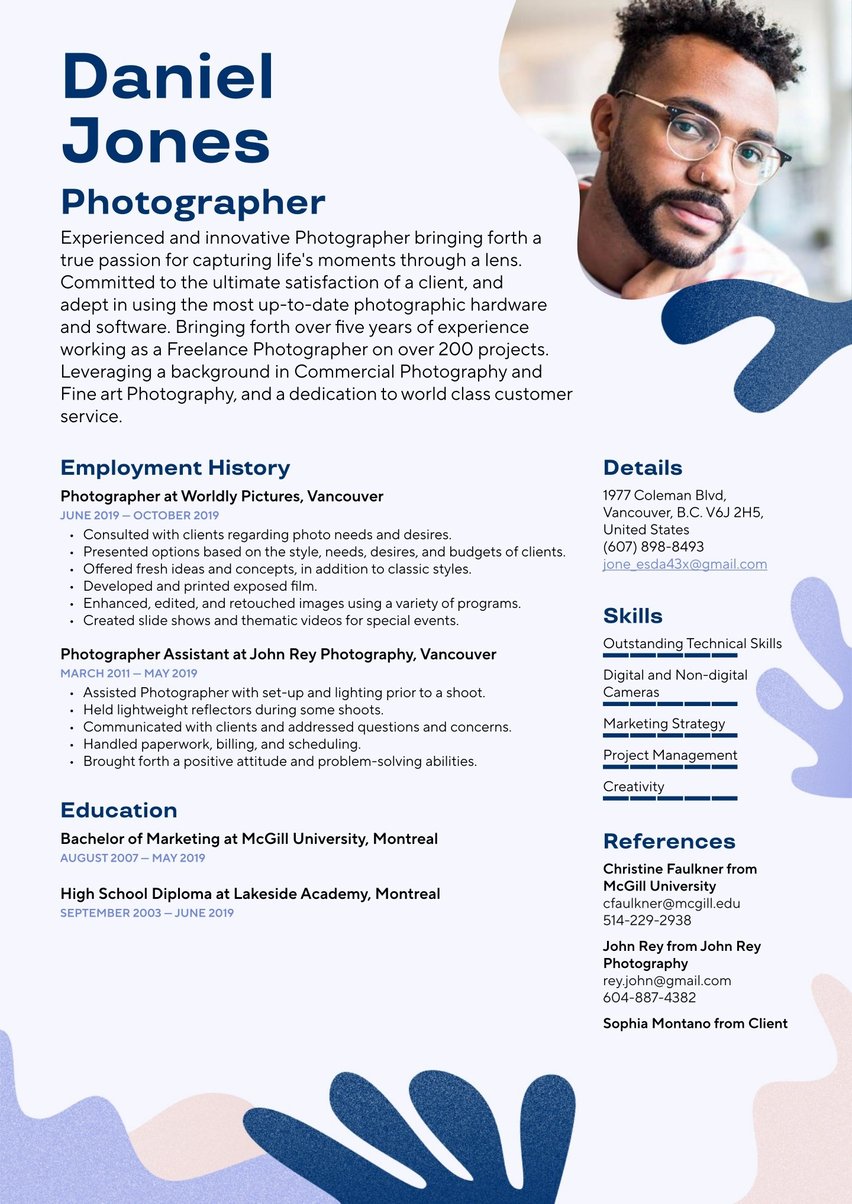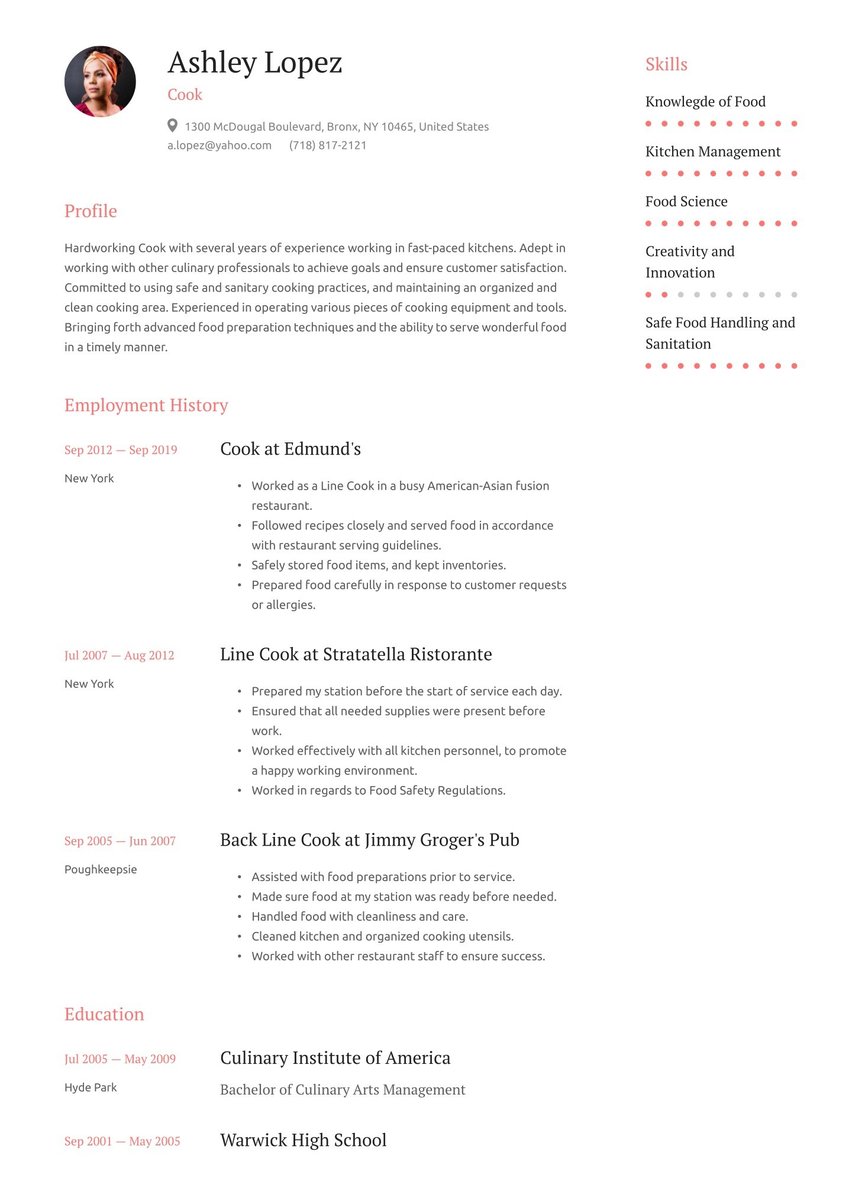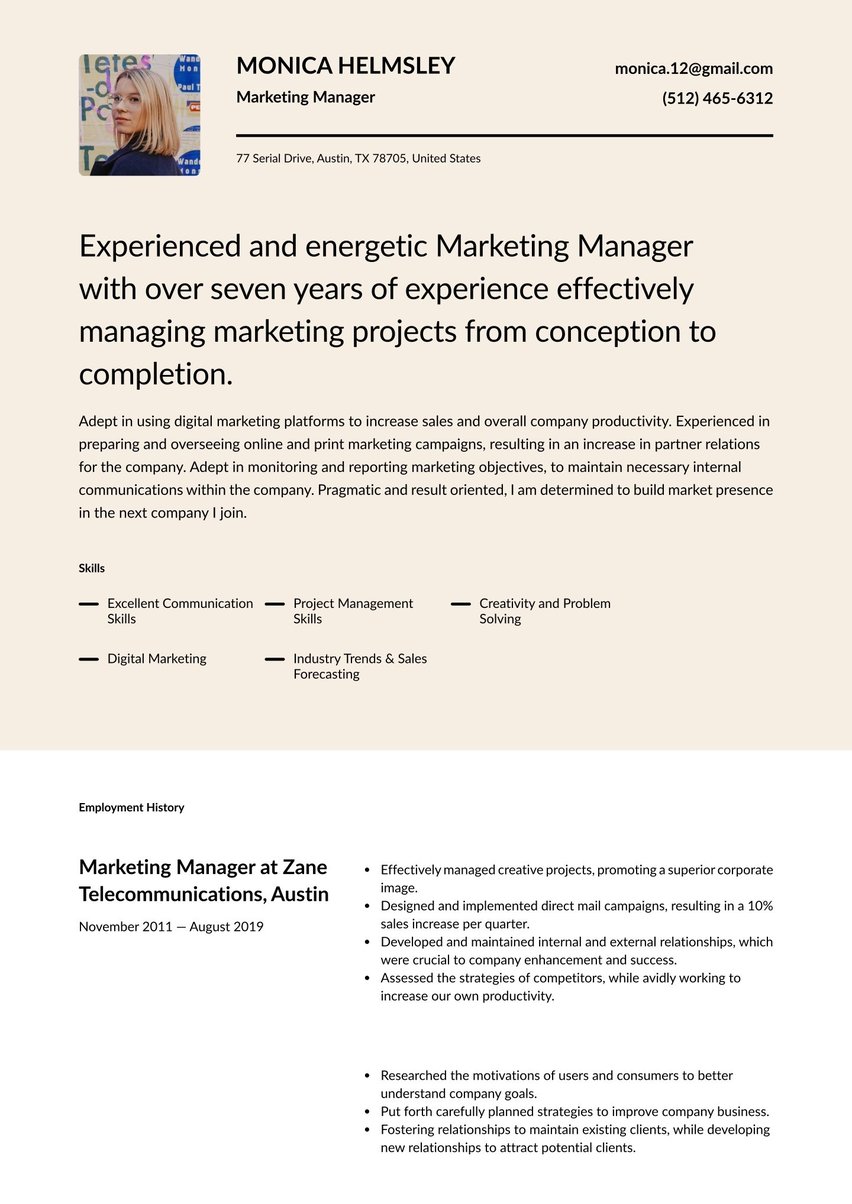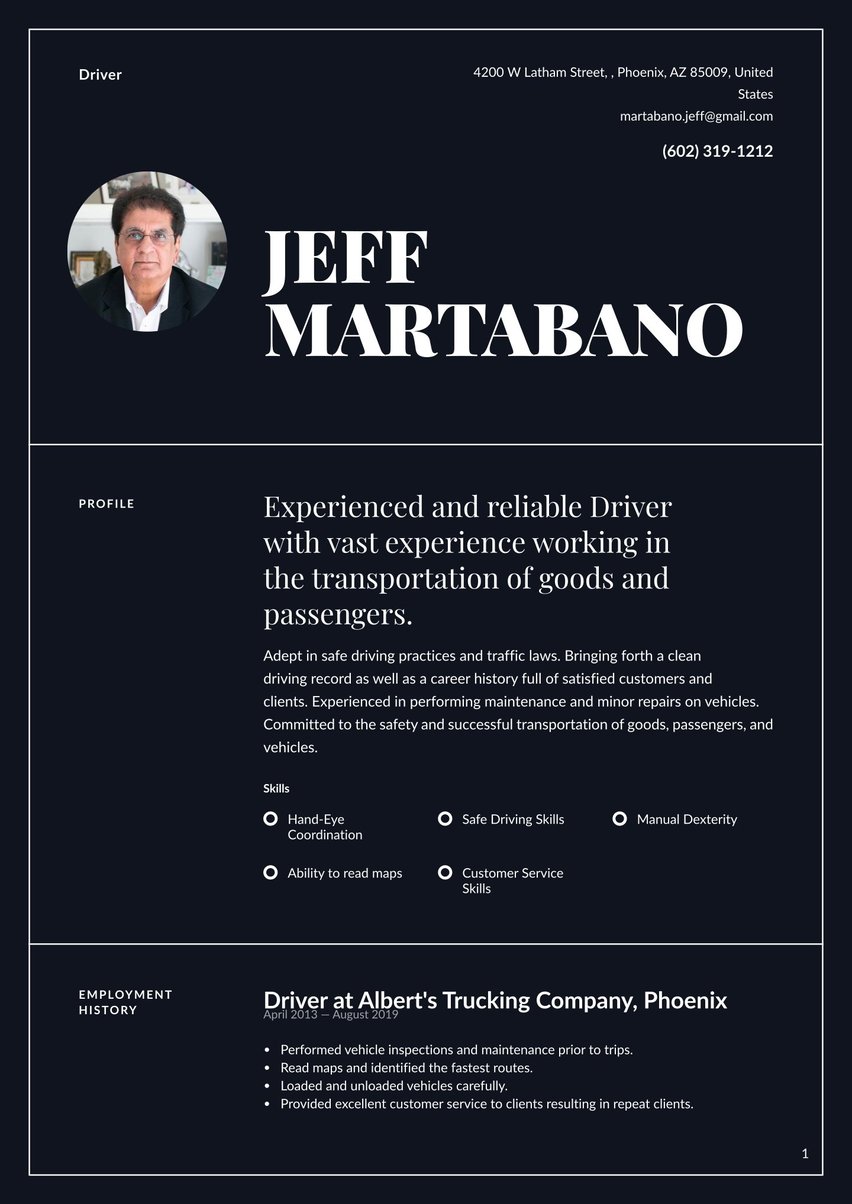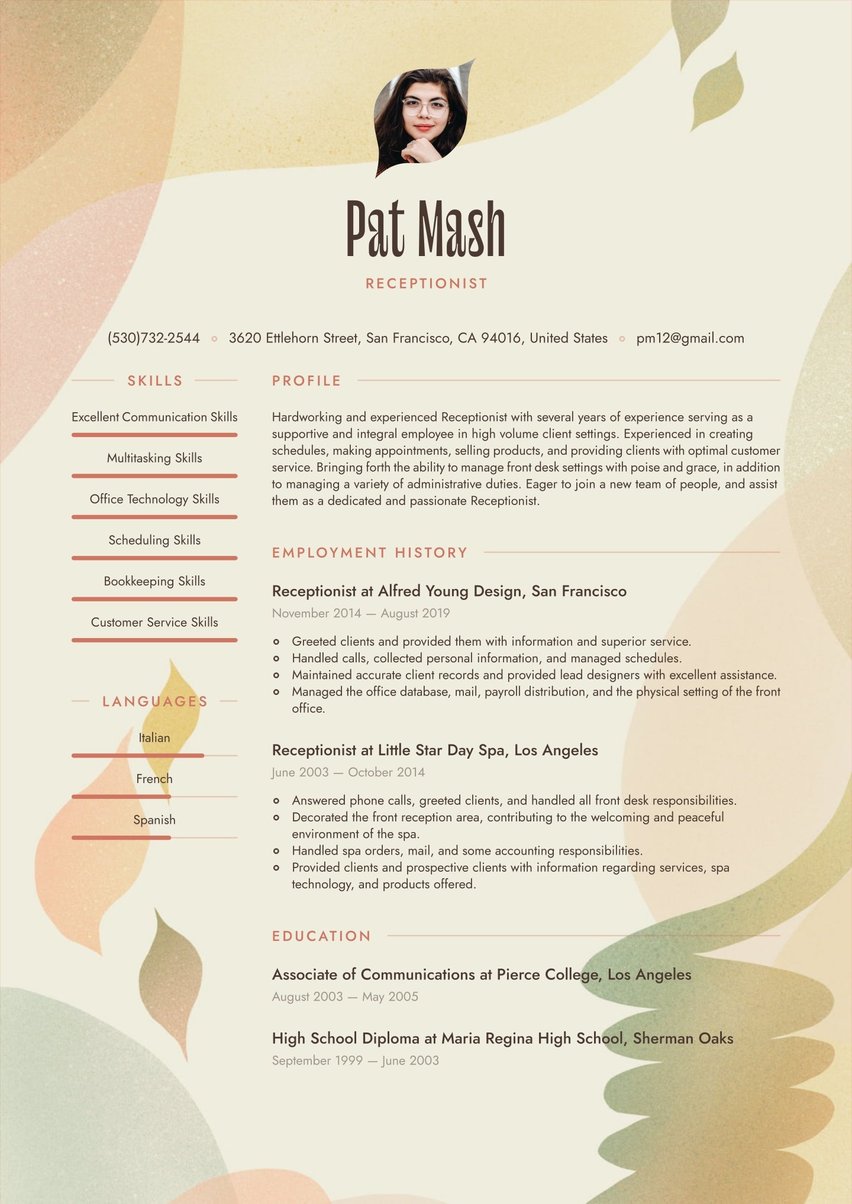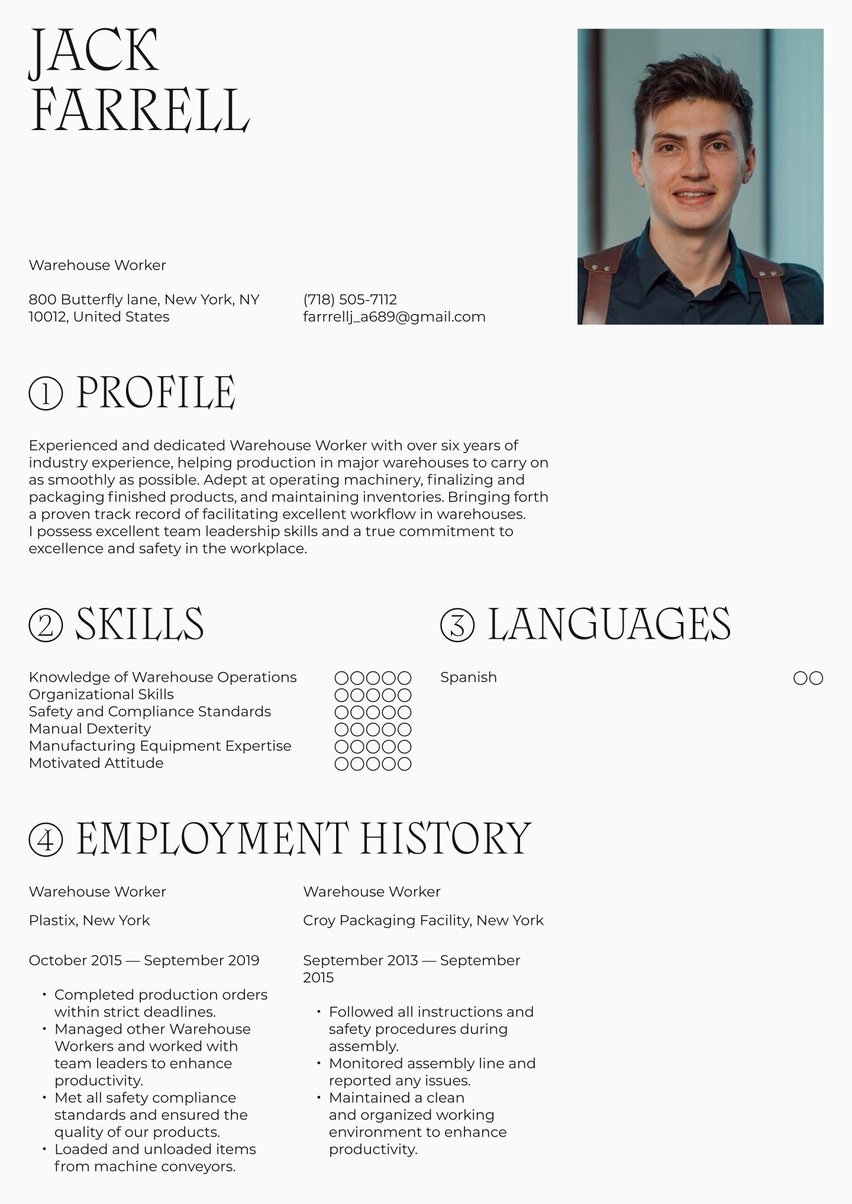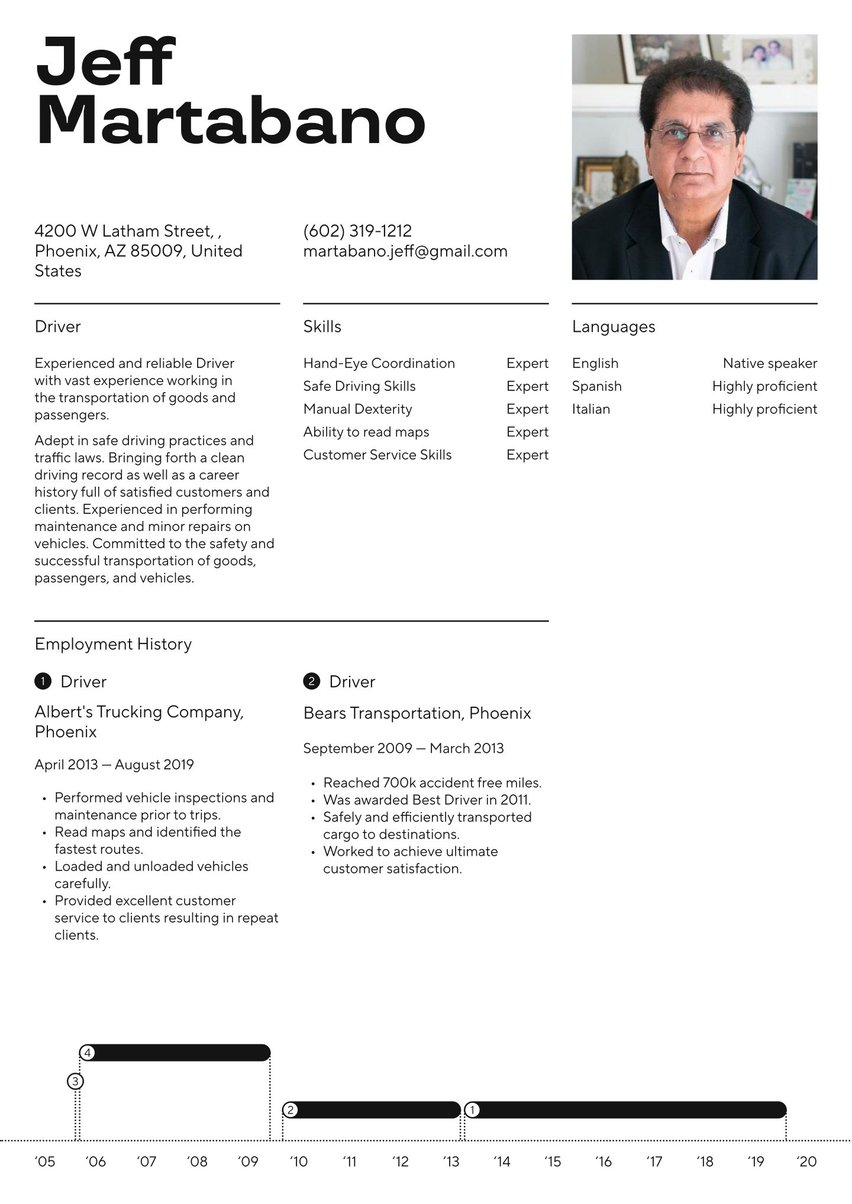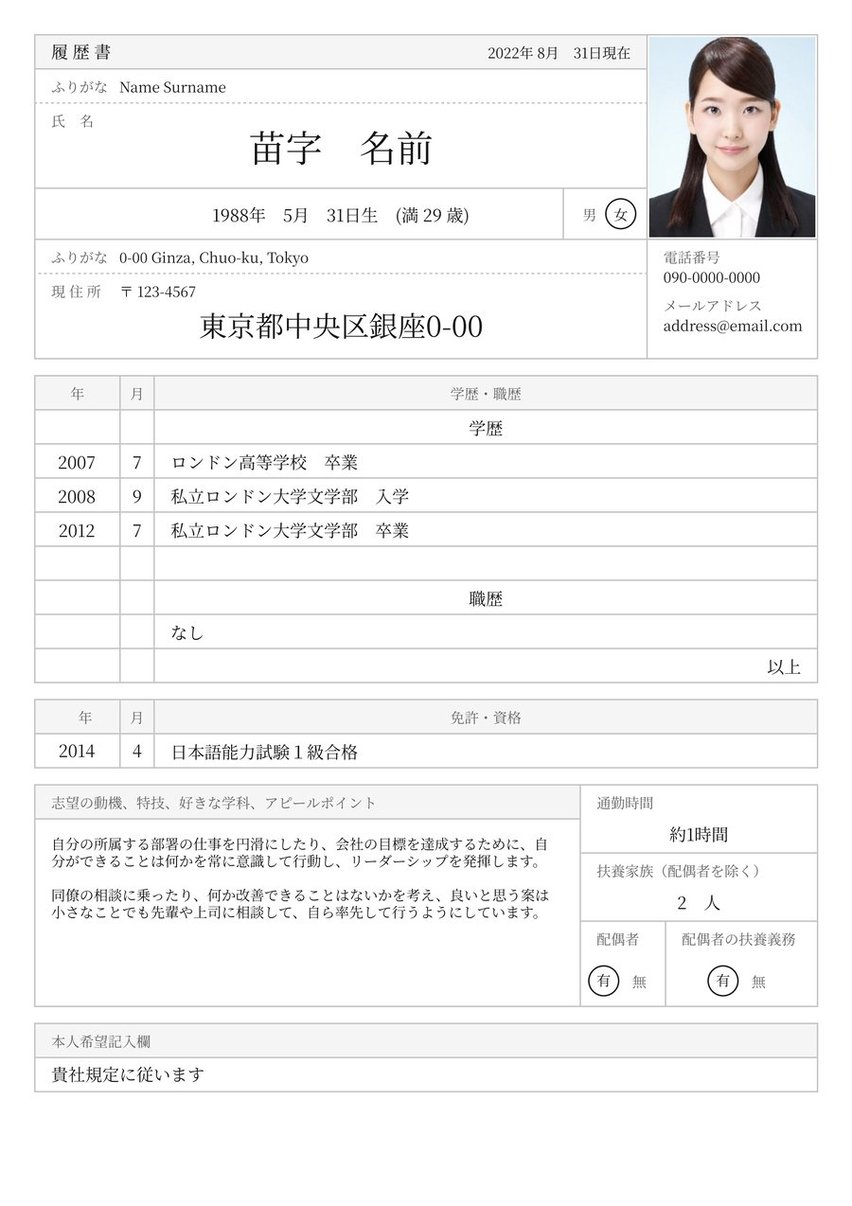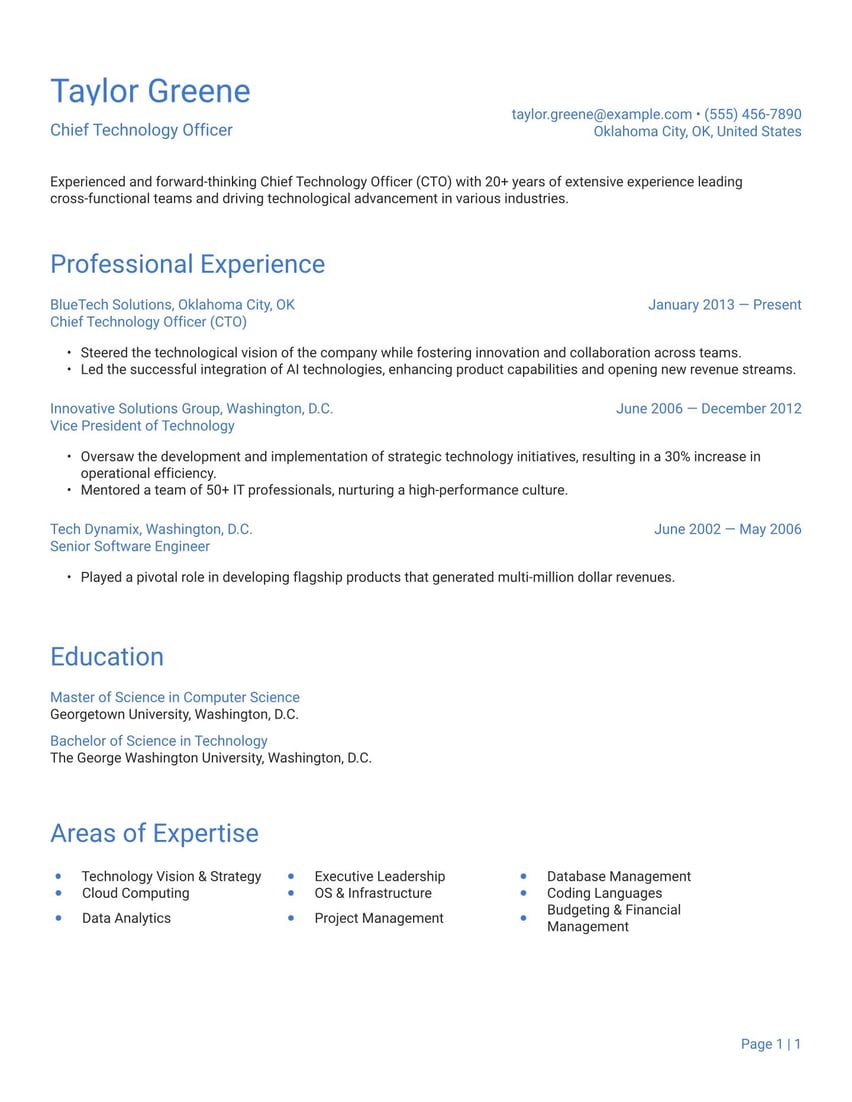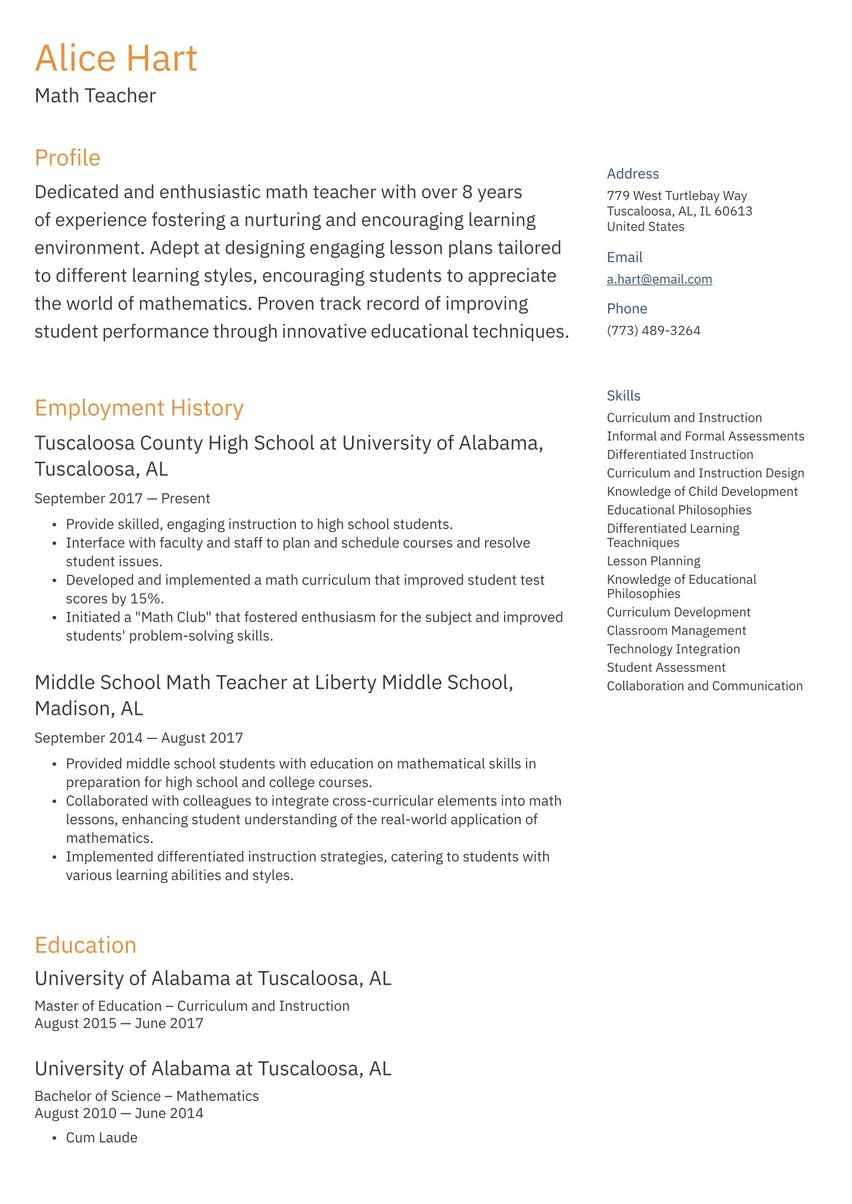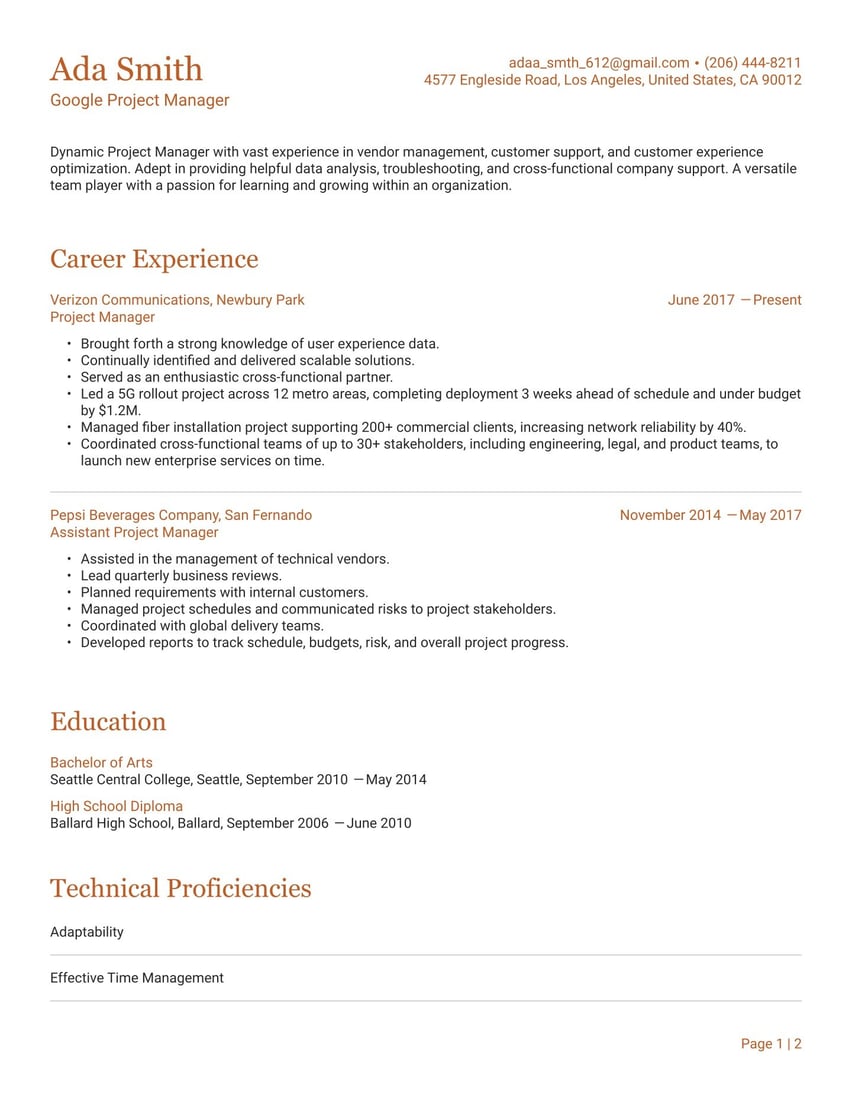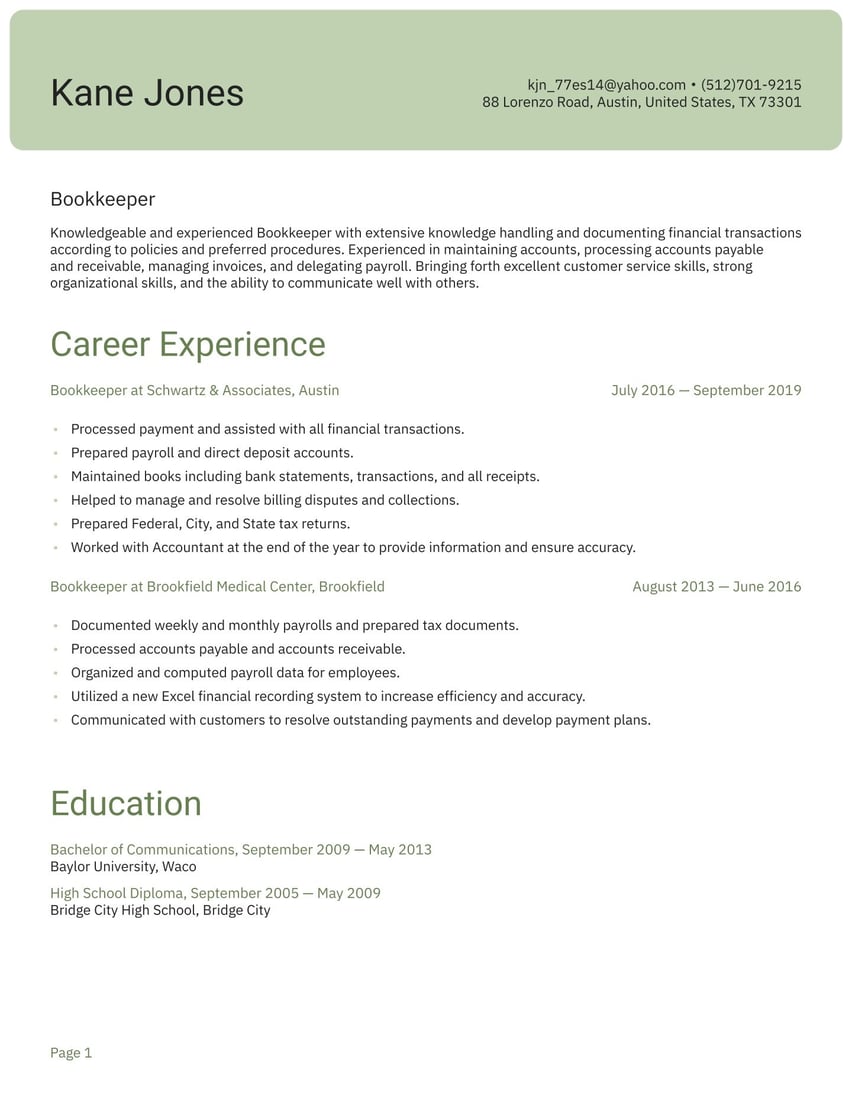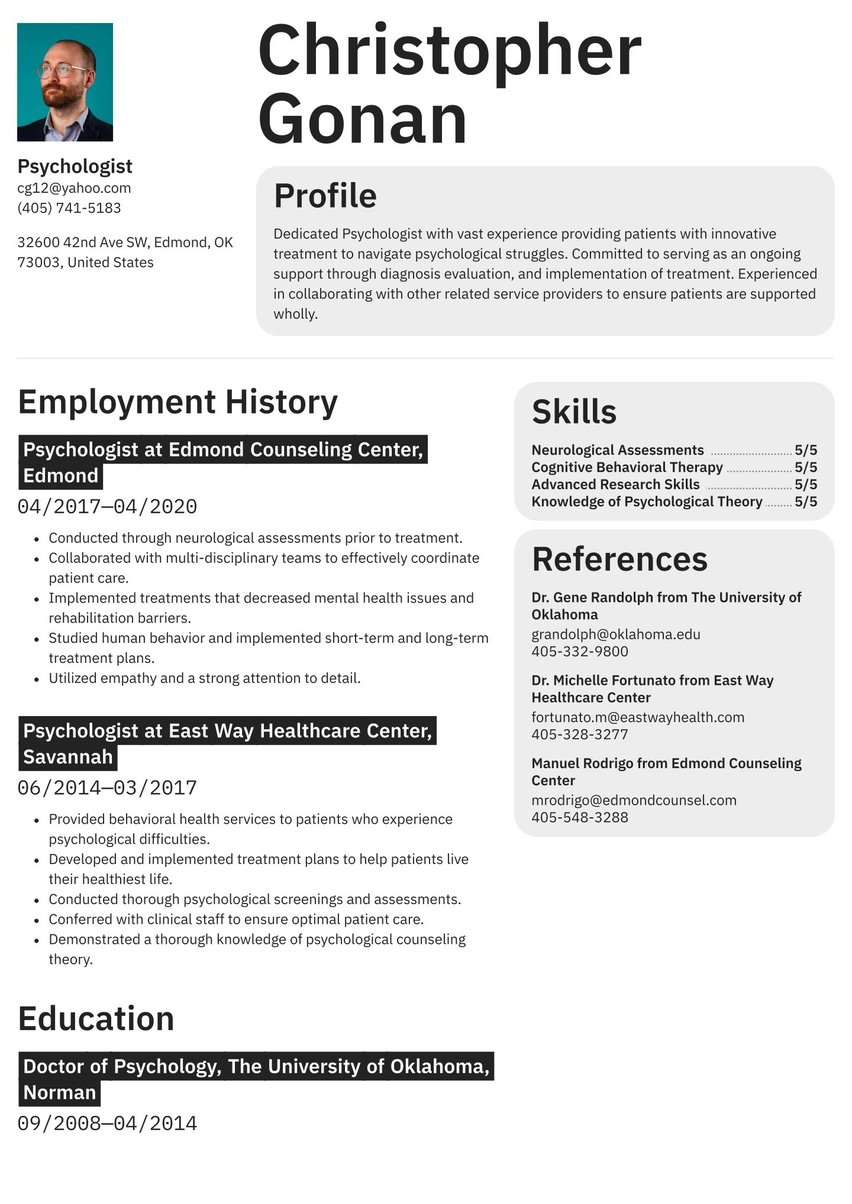06/2011 - 09/2019, Flight Attendant, American Airlines, Chicago
- Served as a dedicated Flight Attendant for American Airlines for over six years.
- Assisted passengers, provided information, and handled concerns with care.
- Followed terminal and aircraft rules and guidelines to achieve safety and success.
- Handled various in-flight tasks to promote safety and traveler satisfaction.
- Remained punctual and reliable at all times.
07/2009 - 04/2011, Airline Customer Service Agent, American Airlines, Chicago
- Provided top of the line customer service to all airport patrons.
- Worked with colleagues to ensure a smooth workflow and productivity.
- Answered questions and concerns relating to travel and airport procedures.
- Remained calm and professional during high-stress situations.
- Assisted passengers with special needs, and served as a source of support.
- Aimed to achieve complete customer satisfaction.
- 05/2009, FA Program, International Air and Hospitality Academy, Vancouver
09/2005 - 05/2009, Associate of Communications, Arizona State University, Tempe
- Reliability
- Safety Rules and Regulations
- CPR and First Aid Certified
- Interpersonal Skills
- Team Building Skills
Ready for takeoff: the right job application to launch the flight attendant career of your dreams. To land an interview, it will have to include an impeccable resume that shows the right mix of personality, customer service skills and presentability. So how do you strike that balance and land one of those coveted training spots?
Flight Attendant resume examples by experience level
This writing guide, along with corresponding resume examples for a flight attendant, will allow you to:
- Understand what flight attendants do, in relation to the airline industry and hiring process
- Craft the right resume for the job, tailored to the needs of each airline you’re applying to and using the best resume format
- Optimize the impact of each resume section: header, summary, employment history, education and skills
- Choose resume layout and design elements for the right professional look
As a leading provider of job search tips and tools, resume.io offers resources covering an extensive range of occupations. That includes over 350 writing guides paired with resume examples.
What does a flight attendant do?
Soaring above the clouds, a new city every night, interesting passengers and tales of far-off destinations – the job of a flight attendant is shrouded in romantic travel lore. Of course the reality is a little more, well ... realistic. Long hours and constant movement across time zones take a toll on the body. And cleaning messes in bathrooms and under seats isn’t all that glamorous.
But on the bright side, flight attendants do crisscross the country and the globe, meeting new people and taking advantage of perks like free flights and flexible scheduling. And for a job that requires a minimum of a high school diploma, the pay can be quite comfortable.
Part of the crew: Understanding how flight attendants are hired
So you’ve weighed the pros and cons and you’re ready to jetset off to a new career, right? There’s one more thing you should know: becoming a flight attendant is extremely competitive.
As a flight attendant, a world of adventure awaits you, but only if you can nab one of those competitive training spots. To have the best chances of success, it’s important to understand the industry and tailor your resume to the needs of today’s airlines.
And don’t forget that a flight attendant is far from just a smiling face with a steaming cup of coffee. Their primary job is the safety and comfort of passengers. That means learning a lot about dealing with difficult customers, handling emergencies and preparing all aspects of the cabin. Your charming personality is a big factor, but don’t forget to give the impression that you are ready to make safety a priority.
How to write a flight attendant resume
At ground level, your flight attendant resume will have one thing in common with almost all other resumes: this basic framework of components:
- The resume header
- The resume summary
- The employment history section
- The education section
- The skills section
Before taking a closer look at each resume section, let’s look at some overall considerations.
Read the job description
It seems so simple, but a close reading can help you pick up on details others might have missed. Then start to research the hiring organization. Is it a major international carrier or does it make mostly short haul trips? Does the company present a youthful, fun image or is it geared towards seasoned business travelers? Is it a low-cost carrier that flies to a lot of budget vacation destinations?
This image of the airline will affect everything from the tone you use when writing your resume summary to the layout you choose to convey the right level of professionalism.
Looking to write a sky-high resume? View our related transportation resume samples listed here below.
Considering the ATS
Some large companies use Applicant Tracking Systems (ATS) to simplify the hiring process for recruiters. These systems scan resumes for keywords used in the job description and rank them against the rest of the application pool. Only the best candidates’ resumes make it to the recruiter’s desk. You can beat the ATS by using the most important keywords from the job posting in your resume summary and skills section. Just make sure the wording sounds natural enough to appeal to the recruiter, too.
Choosing the right resume format for a flight attendant
Unless this is your first flight attendant role, or a radical departure from your previous career background, the chronological resume format is recommended, as it is for most other job searches. Recruiters also prefer this format for reviewing your employment history in reverse order, starting with the most recent.
Otherwise, if your past work experience has not followed a linear path of employee positions, you may want to look at other resume formats. For instance, a functional resume can be used to organize information in relation to transferable skills. A hybrid resume combines chronological and functional elements for more versatility.
Resume header
A well-designed resume header can instantly put your job application in a higher class — especially if your cover letter bears the same header design. Given the competition for flight attendant positions, it helps when your resume visually stands out from the rest upfront.
The header serves a vital practical purpose too. Recruiters can easily revisit your resume in the shortlist pile when they’re ready to arrange an interview, with your name and contact information being so prominent on the page.
Flight attendant resume summary example: more than just a pretty face
Use your resume summary — sometimes called profile or personal statement — to give recruiters the short-haul version of your personality, experience and skills. There’s an old joke among flight attendants: “We love people, we love to travel.” The joke being, of course, that everyone got into the industry for those two reasons.
Here’s the truth – the job requires you to be patient, truly adaptable and sociable. The ability to stay energetic and motivated during long flights and keeping your composure with passengers - this is what employers are looking for. Punctuality is even more vital than in other industries. Otherwise, a recruiter knows you like traveling and people, and it’s a smart idea to craft a profile summary that gives a more unique picture of who you are and your capabilities for the job.
In the early days, flight attendants were mostly young, unmarried women. Now the average age of a flight attendant is 46 and there are considerably more men in the field — indications that the role can be seen as a long term career.
Maybe it’s your previous experience in the tourism industry or your ability to speak three languages that makes you think you could handle this work. Maybe you have an interest in aviation. Maybe you want to make a career switch into an industry that serves others. Whatever ignites you beyond travel and people, use that as the fuel for your resume summary. Make sure to couple this nugget about yourself with your most relevant previous experiences and strongest related skills, paying extra attention to how these fit into the company you’re applying to.
Below is a flight attendant resume summary example you can customize.
Enthusiastic and experienced Flight Attendant with a true passion for travel. Offering over six years of experience as a Flight Attendant on both private and commercial aircrafts. Adept in assisting Pilots, Flight Professionals, and patrons, resulting in a positive experience for everyone. Bringing forth a positive attitude, and the desire to serve and assist with dedication. CPR and First Aid Certified, and experienced in working through challenges with a calm and productive demeanor.
Employment history sample: miles above the rest
Flight attendant recruiters look for very specific work experiences, so this section is your secret weapon in the quest to land your dream job. Many adventurous souls have once dreamed of becoming flight attendants. That’s why hiring managers want to make sure you have the real skillset to take on this demanding, yet rewarding work.
While flight attendants work in transportation, their jobs have some overlap with the hospitality industry. That’s why recruiters are specifically interested in previous positions held in hotels, cruise ships, amusement parks, restaurants or other tourism and service-oriented settings.
These jobs show the type of stamina, problem-solving and hospitality skills that are required every day from flight attendants. Beyond just listing them on your resume, make sure to mold these bullet point descriptions to show your most impressive achievements. Whether you were a top-earning server at a high end restaurant or performed six nights a week during a six-month contract on a cruise ship, try to use facts and figures to illustrate your ability to serve others.
List your experiences in reverse chronological order, with the most recent position first, to make your resume easy to follow for the recruiter reading it. And make sure your grammar and spelling are impeccable — this not only helps with ATS-proofing your resume, but shows the recruiter you really have the eye for detail that you say you do.
If you’ve already worked as a flight attendant, then you’re lucky enough to have experience directly pertaining to the job at hand. Use this section to get into the nitty-gritty of how you handled passenger interactions, emergencies, cleaning, long-haul flights or working with other team members.
Below is a flight attendant employment history resume sample you can modify
Flight Attendant, American Airlines, Chicago
June 2011 - September 2019
- Served as a dedicated Flight Attendant for American Airlines for over six years.
- Assisted passengers, provided information, and handled concerns with care.
- Followed terminal and aircraft rules and guidelines to achieve safety and success.
- Handled various in-flight tasks to promote safety and traveler satisfaction.
- Remained punctual and reliable at all times.
Airline Customer Service Agent, American Airlines, Chicago
July 2009 - April 2011
- Provided top of the line customer service to all airport patrons.
- Worked with colleagues to ensure a smooth workflow and productivity.
- Answered questions and concerns relating to travel and airport procedures.
- Remained calm and professional during high-stress situations.
- Assisted passengers with special needs, and served as a source of support.
- Aimed to achieve complete customer satisfaction.
Flight attendant resume education example: your brain boost
A flight attendant’s training is the knowledge they’ll use day-in and day-out. Unlike in other industries, a flight attendant’s biggest educational experience comes after they’ve landed the job. An airline’s flight attendant training program lasts several weeks and covers all the necessary information to start working in the field. Flight attendants are also routinely required to update their knowledge and skills in the form of additional training.
So what do you put in your education section before you’ve ever held the position? Your high school diploma is the minimum requirement to be considered as a candidate. Even if you’ve completed some semesters of college, or a degree, it’s a good idea to include your high school years. Some airlines will not hire candidates who are younger than 21, and this information helps give an idea of your personal details.
Passengers only see a small percentage of the training a flight attendant receives during their thousands of hours of bootcamp. Skills like CPR and emergency management are just as essential to the job, but hopefully rarely used.
If you already have some training for emergency situations, medical care or safety drills - make sure to note these in your resume's education section to up your chances of getting into that flight attendant program!
If you have completed part or all of a degree, that will significantly boost your chances of getting an interview in the crowded competition pool. A degree in a service-related industry or foreign language is even better. Finally, if you’ve already worked as a flight attendant, you’ll need to list your initial training, as well as the dates and type of any required follow-up training you’ve had.
Below is the education section from a flight attendant resume example.
FA Program, International Air and Hospitality Academy, Vancouver
May 2009
Associate of Communications, Arizona State University, Tempe
September 2005 - May 2009
CV skills example: time for action
If you’ve never worked as a flight attendant before, trainability is your biggest asset. If you’re applying for the role of a flight attendant, chances are you’ve already got the majority of the soft skills needed for the position. These are the innate qualities that probably made you think you’d be a good fit for the job in the first place — things like patience, resourcefulness, stamina, friendliness and efficient communication.
Since you’ll be up against candidates with a similar skillset, it’s important not only to list these skills here but to demonstrate how you used them in your experience section. That’ll help send the message home that you can put these skills into action. If you’ve worked in this role before, then it’s a good idea to include the hard skills you use every day aboard the aircraft — things like food and beverage preparation, safety demonstrations, flight reports and cabin checks.
Check out a flight attendant CV sample for the skills section below.
- Reliability
- CPR and First Aid Certified
- Team Building Skills
- Safety Rules and Regulations
- Interpersonal Skills
Languages
Basic personality requirements aside, a strong grasp of at least one other foreign language is probably the most valuable asset you can include on your resume. If you’ve let that minor in Spanish go rusty, now’s the time to dust it off by learning some travel vocabulary and flight words. Make sure to include your speaking proficiency in each of the languages you list. And be prepared: recruiters are known to test your language abilities from the moment you walk in the door for the interview.
Here are some sample language listings for a flight attendant resume.
French: Bilingual
German: Conversational
Russian: Beginner
Resume layout and design: the right presentation
The look and feel of your resume goes a long way in landing you a flight attendant position. We can all recall images of the blonde, svelte airline hostess forever memorialized in the 1960s. Luckily many of today’s airlines have come a long way in hiring a more diverse group of flight attendants. Presentation, however, is still a key component in landing one of these positions. Every airline has a brand image it strives to project, and the flight attendants are part of that.
If you’re applying to work with a European airline, it’s a good idea to include a professional headshot on your resume. While this isn’t standard practice for American resumes, some American airlines will ask for a separate headshot to be uploaded to the application. Depending on the youthfulness or informal image of the airline, you may choose to use some color sparingly on your resume. Excess pictures or icons should be avoided, and it’s best to keep the resume to one page.
So what’s the easiest way to change your resume visually to match the unique feel of each airline? With resume.io’s field-tested resume templates and builder tool, you can choose between a variety of well-crafted layouts and make each resume uniquely yours. For a flight attendant position, we recommend templates in the modern style category to capture just the right mix of professionalism and stylishness. If you’re applying to a more business-oriented and upscale airline, check out the simple or professional designs, offering both timeless classics and streamlined looks.
Since you’ll most likely be uploading this resume to an online application portal or emailing it, it’s important that the version you create is the version the recruiter sees. With a PDF, you can be sure your resume formatting won’t change from computer to computer. Our resume builder makes it easy to customize your template and download it as a PDF in just a few clicks.
Key takeaways for a flight attendant resume
- The need for flight attendants is expected to increase significantly over the coming decade as airlines upgrade their fleets with higher-capacity planes.
- The job market remains fiercely competitive. Candidates with foreign language skills, customer service experience and/or some college education have the best chances.
- It’s essential that the tone and look of your resume match the airline’s brand image, so take some time to research the company you’re applying to.
- It’s best to avoid clichés about being a people person and loving to travel – presenting a unique personal image in your summary is the way to go.
Now it’s your turn. Need some help getting started? Try resume.io’s field-tested templates and builder tool to craft the right resume and take to the skies in no time.


.jpg)

.jpg)








